Table of Contents
Come join us now, and enjoy playing your beloved music and browse through great scores of every level and styles!
Can’t find the songbook you’re looking for? Please, email us at: sheetmusiclibrarypdf@gmail.com We’d like to help you!
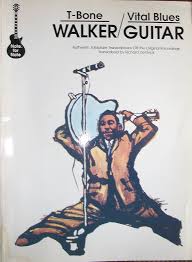
Best Sheet Music download from our Library.
T-Bone Walker: The Architect of Electric Blues
Aaron Thibeaux “T-Bone” Walker (1910–1975) stands as a towering figure in the evolution of modern blues, renowned for his pioneering use of the electric guitar and his sophisticated approach to soloing and songwriting. His innovative techniques and charismatic stage presence not only transformed the blues genre but also laid the groundwork for the development of rock and roll.(Blues Foundation)
Early Life and Musical Beginnings
Please, subscribe to our Library.
If you are already a subscriber, please, check our NEW SCORES’ page every month for new sheet music. THANK YOU!
Born on May 28, 1910, in Linden, Texas, T-Bone Walker was immersed in music from a young age. His mother was a singer and his father a violinist, providing him with a rich musical environment. Walker moved to Dallas during his youth, where he began playing guitar and befriended Blind Lemon Jefferson, one of the most influential early blues musicians. Serving as Jefferson’s “lead boy,” Walker gained invaluable experience in live performance and honed his skills as a guitarist.(Wikipedia, Encyclopedia Britannica, blueschronicles.com)

Musical Style and Innovations
Walker revolutionized the role of the guitar in blues music. Prior to his innovations, the guitar primarily served as a rhythm instrument. Walker introduced single-string, horn-like solos that showcased his mastery of the instrument. His use of amplification allowed for sustained notes and expressive bends, techniques that became staples in blues guitar playing.(blueschronicles.com)
His 1942 recording of “Mean Old World” is often cited as one of the first significant blues recordings featuring the electric guitar, marking a pivotal moment in the genre’s history. (Wikipedia)

Key Compositions and Performances
“Call It Stormy Monday (But Tuesday Is Just As Bad)”
Released in 1947, this track became one of Walker’s most enduring hits. Its sophisticated chord progressions and emotive guitar work have made it a standard in the blues repertoire, covered by numerous artists across various genres.(Encyclopedia Britannica)
“T-Bone Shuffle”
This 1947 release showcased Walker’s ability to blend swing rhythms with blues, creating a track that was both danceable and deeply expressive.
“Bobby Sox Blues”
A 1942 recording that highlighted Walker’s lyrical prowess and ability to convey complex emotions through his guitar playing.(Blues Foundation)
“Cold Cold Feeling”
A somber and introspective piece that demonstrated Walker’s versatility and depth as a musician.
“Party Girl”
A lively and upbeat track that showcased Walker’s skill in crafting engaging and entertaining blues compositions.(blueschronicles.com)
Harmonic Approach and Improvisational Techniques
Walker’s harmonic approach was deeply influenced by his exposure to jazz and swing music. He often employed extended chords and complex progressions, incorporating elements from jazz to add sophistication to his blues compositions. His improvisational style was characterized by fluid single-note lines, expressive bends, and a deep sense of phrasing that drew from both blues and jazz traditions.
Influences and Legacy
Walker’s influence on the blues and rock genres is immeasurable. He inspired a generation of guitarists, including B.B. King, who cited Walker’s “Stormy Monday” as the inspiration for picking up the electric guitar. Jimi Hendrix admired Walker’s stage antics, such as playing the guitar behind his head, and emulated them in his own performances. Chuck Berry also acknowledged Walker’s impact on his musical development.(Blues Foundation, Buddy Magazine – Est. 1973)
Beyond his technical innovations, Walker’s showmanship set a new standard for live performances. His charismatic presence and theatrical antics, such as playing the guitar with his teeth and behind his head, captivated audiences and influenced future performers.
Discography Highlights
- “I Got a Break Baby” / “Mean Old World” (1942) – One of the earliest examples of Walker’s electric guitar work.(blueschronicles.com)
- “Call It Stormy Monday (But Tuesday Is Just As Bad)” (1947) – A seminal track in the blues genre.(Wikipedia)
- “Stormy Monday Blues” (1968) – A revisitation of his classic hit with a more mature sound.
Filmography and Documentaries
While T-Bone Walker did not appear in many films, his life and music have been the subject of various documentaries and biographical works. These films explore his impact on the blues genre and his legacy as a pioneering musician.
T-Bone Walker’s contributions to music are profound and enduring. Through his innovative use of the electric guitar, sophisticated harmonic approach, and dynamic stage presence, he transformed the blues genre and influenced countless artists across multiple musical styles. His legacy continues to inspire musicians and delight listeners around the world.
Recommended Listening and Viewing
To experience T-Bone Walker’s music and performances, consider the following:
- “Call It Stormy Monday (But Tuesday Is Just As Bad)” – A quintessential blues track showcasing Walker’s guitar prowess.
- “Stormy Monday Blues” (1968) – A later recording that captures Walker’s enduring talent. (Wikipedia)
- Live Performances – Various live recordings and videos are available online, offering a glimpse into Walker’s dynamic stage presence.
- Documentaries – Several documentaries delve into Walker’s life and music, providing deeper insight into his influence on the blues genre.
Browse in the Library:
Or browse in the categories menus & download the Library Catalog PDF:
T-Bone Walker – The Best Of Vol 1 (Full Album / Album complet)
Track List:
00:00 “Travelin’ Blues” T-Bone Walker 02:29 “I Miss You Baby” T-Bone Walker 05:23 “Cold, Cold Feeling” T-Bone Walker 08:34 “Welcome Blues” T-Bone Walker 11:00 “Bye Bye Baby” T-Bone Walker 13:46 “I Got the Blues” T-Bone Walker 16:41 “You Don’t Love Me” T-Bone Walker 19:37 “Here in the Dark” T-Bone Walker 22:39 “Lollie Lou” T-Bone Walker 25:35 “Teen-Age Baby” T-Bone Walker 27:38 “Tell Me What’s the Reason” T-Bone Walker 30:18 “Evil Hearted Woman” T-Bone Walker
32:55 “I Walked Away” T-Bone Walker 35:12 “Strollin’ With Bones” T-Bone Walker 37:41 “Blues Is a Woman” T-Bone Walker 40:29 “The Hustle Is On” T-Bone Walker 43:03 “Strugglin’ Blues” T-Bone Walker 45:35 “Street Walkin’ Woman” T-Bone Walker 48:40 “Baby Broke My Heart” T-Bone Walker 51:24 “Pony Tail” T-Bone Walker 53:44 “Everytime” T-Bone Walker 56:13 “High Society” T-Bone Walker 59:08 “Through With Woman” T-Bone Walker 01:02:17 “Get These Blues Off Me” T-Bone Walker



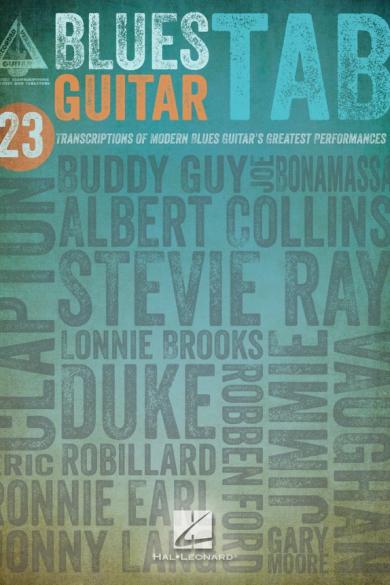
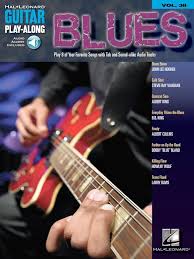
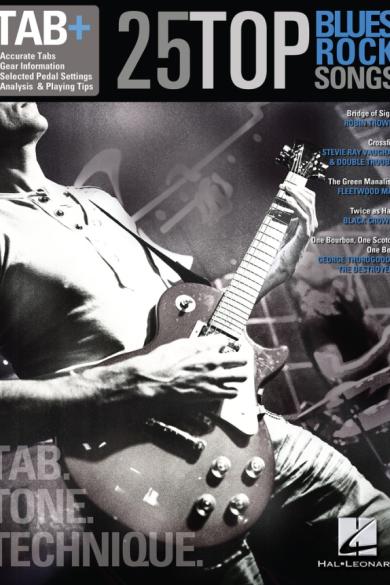
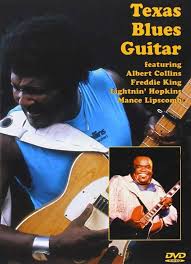

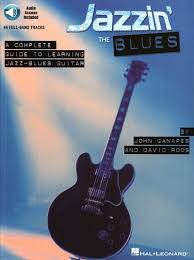
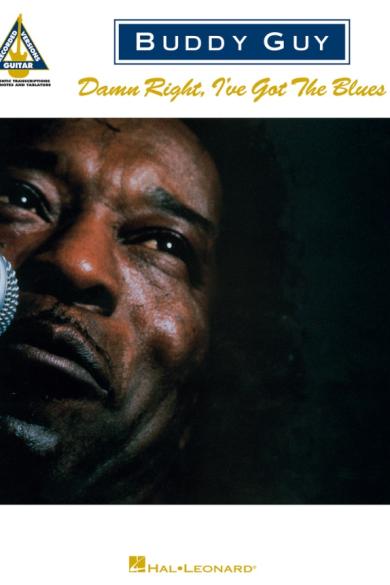
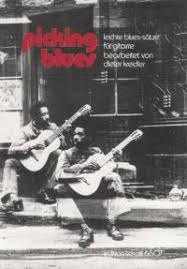
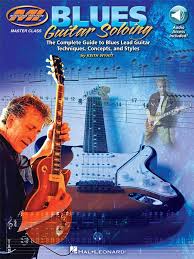

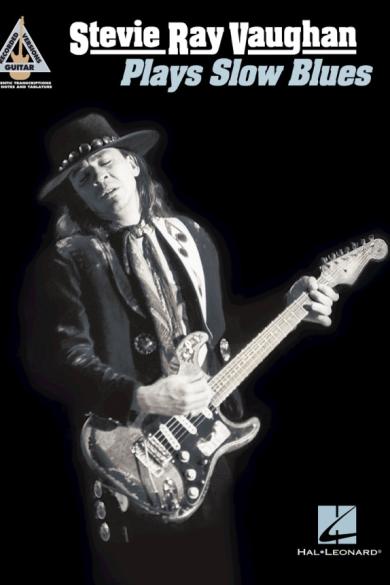
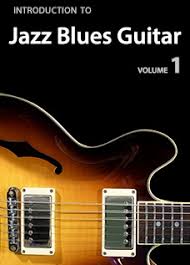
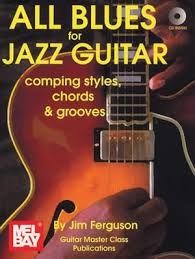
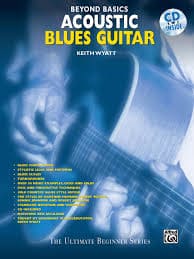
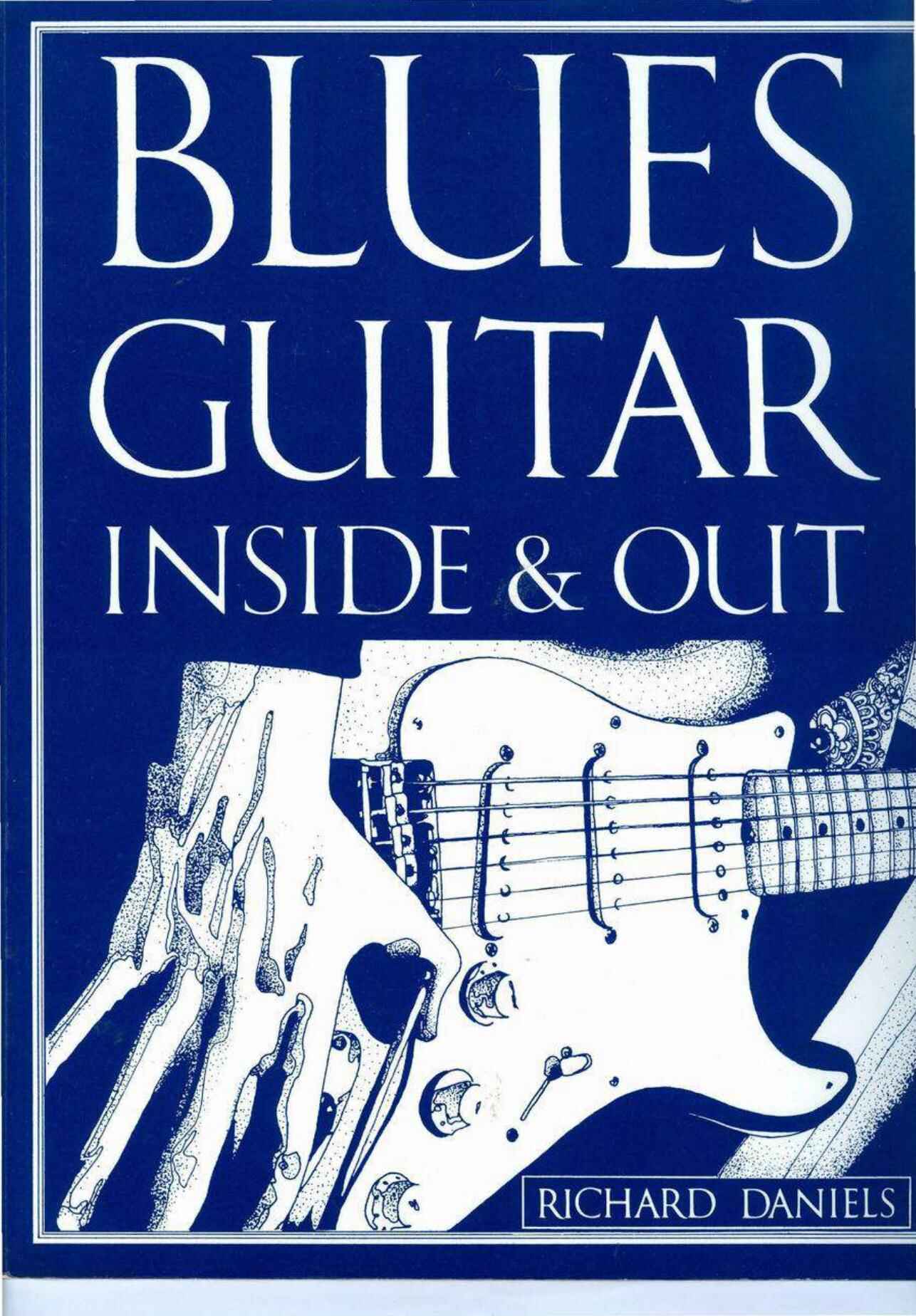
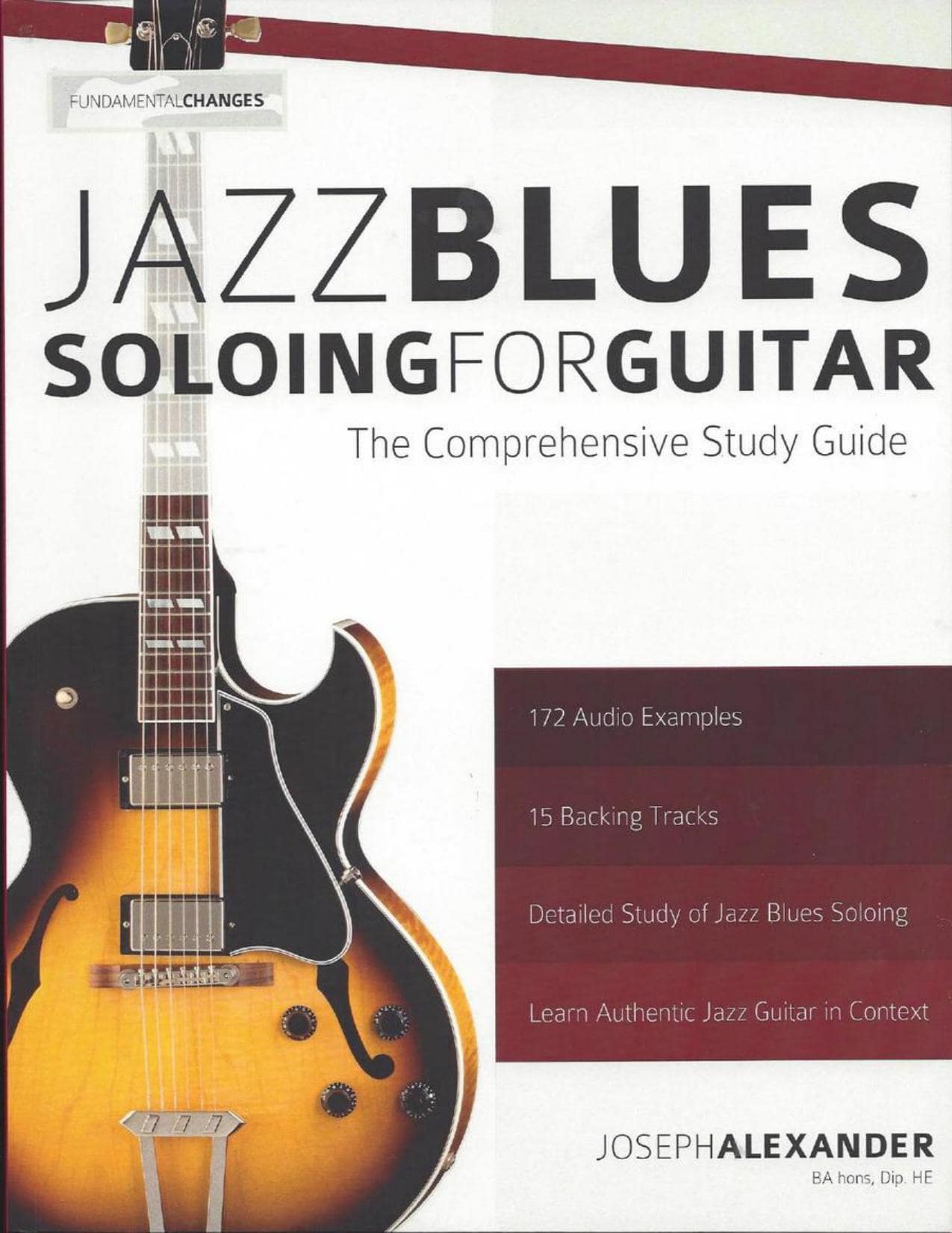
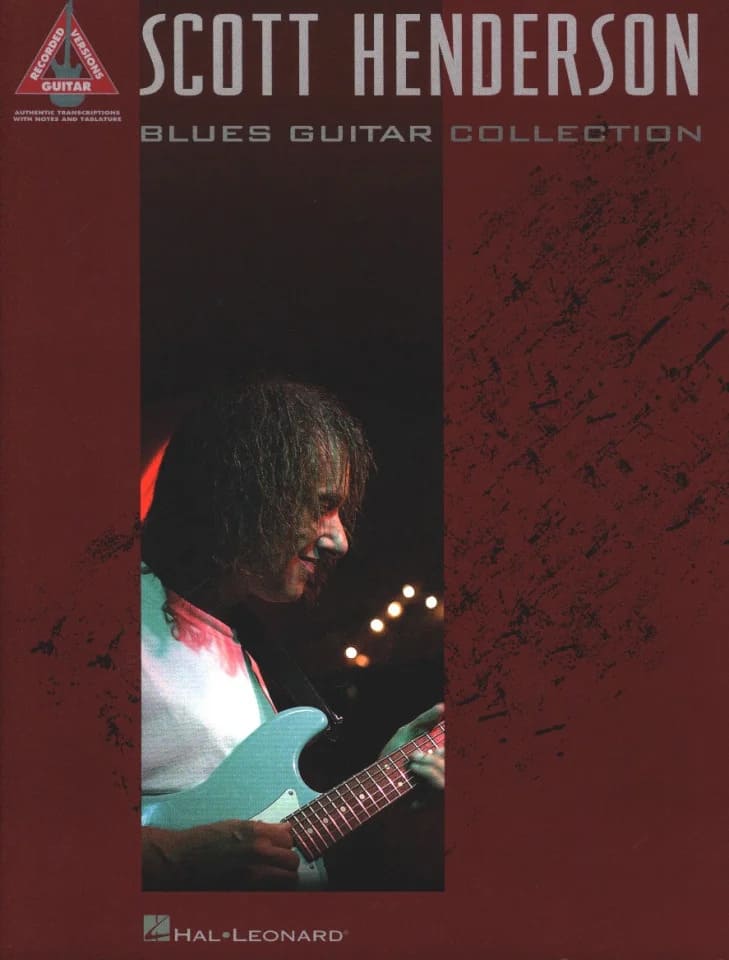
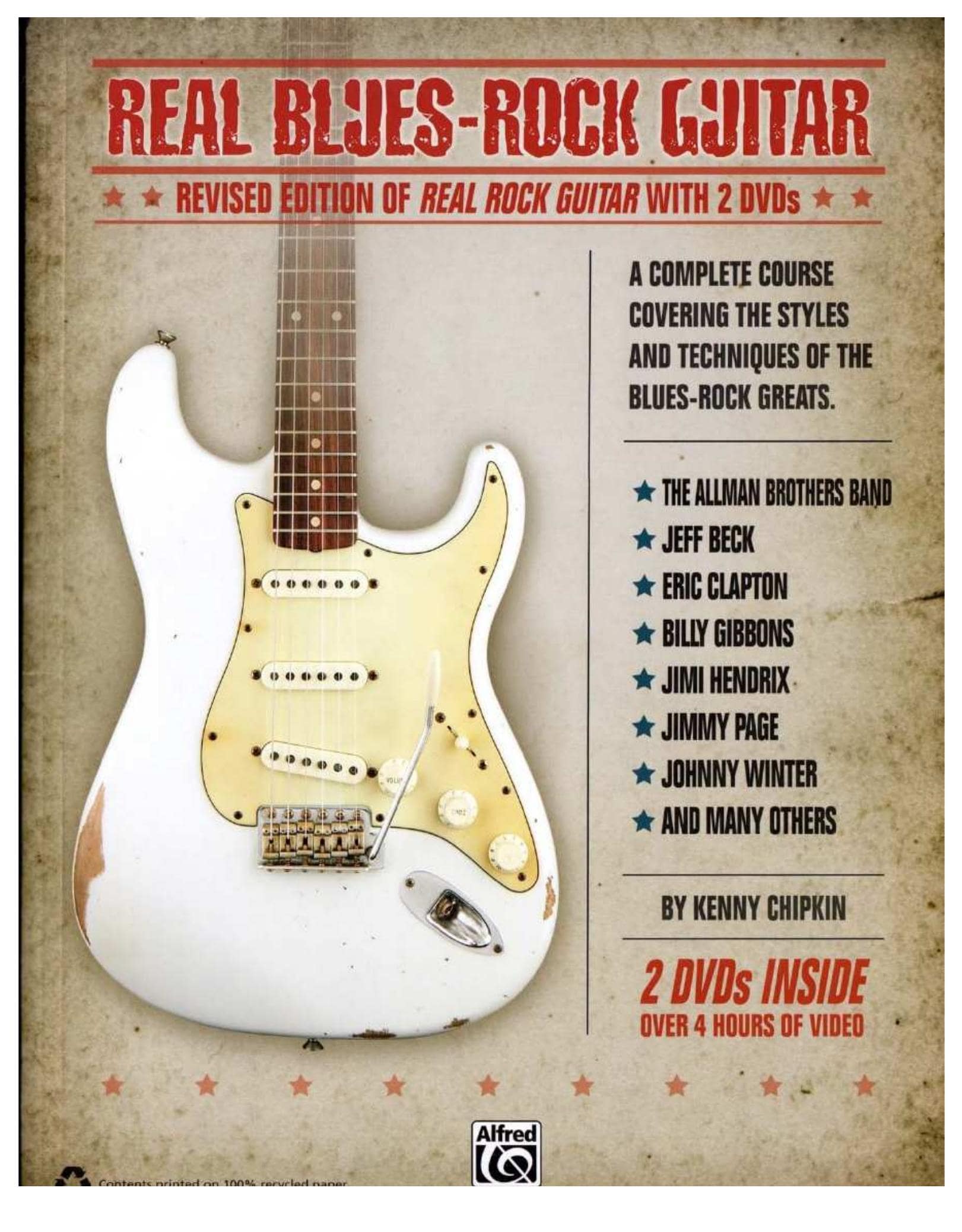
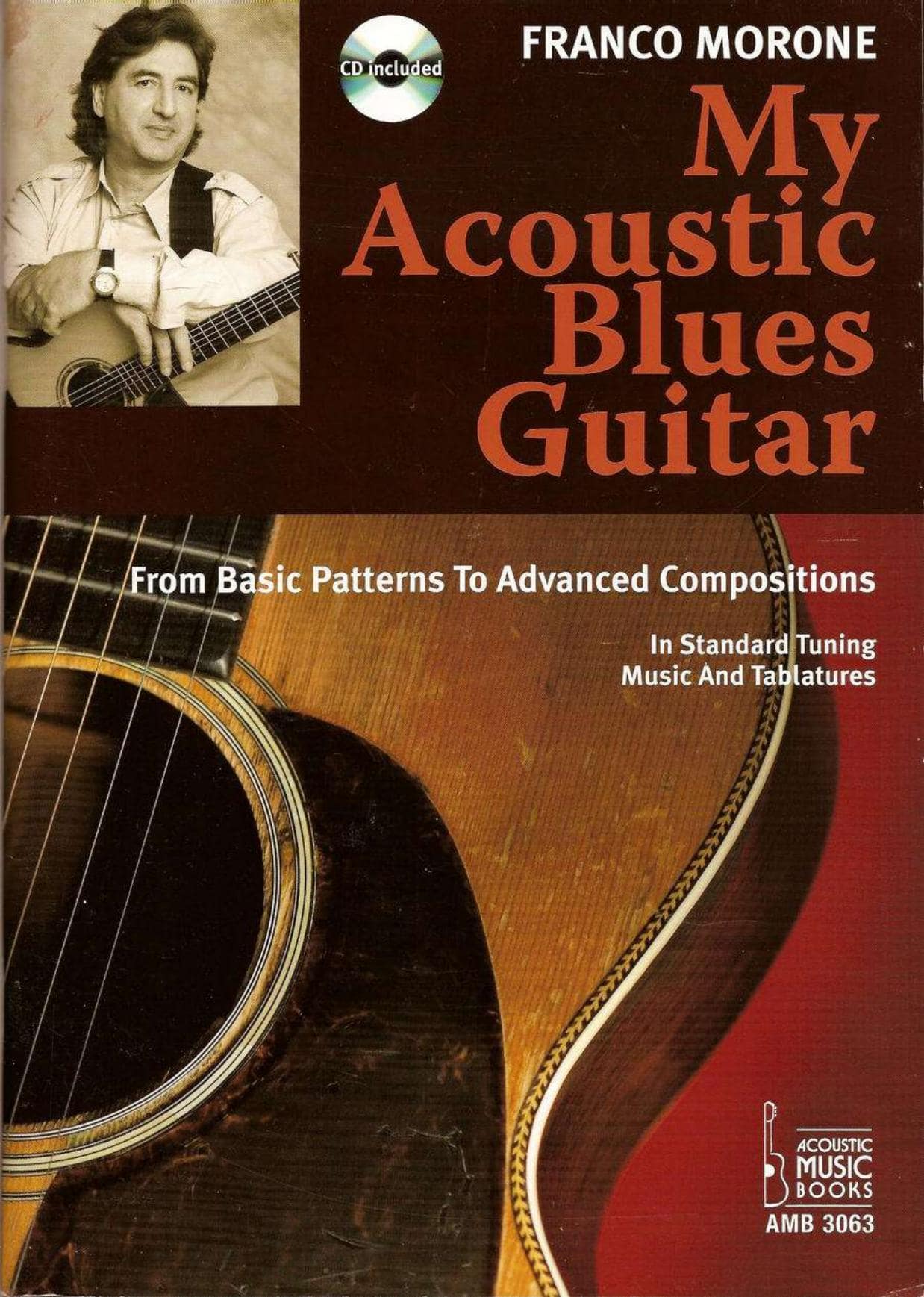
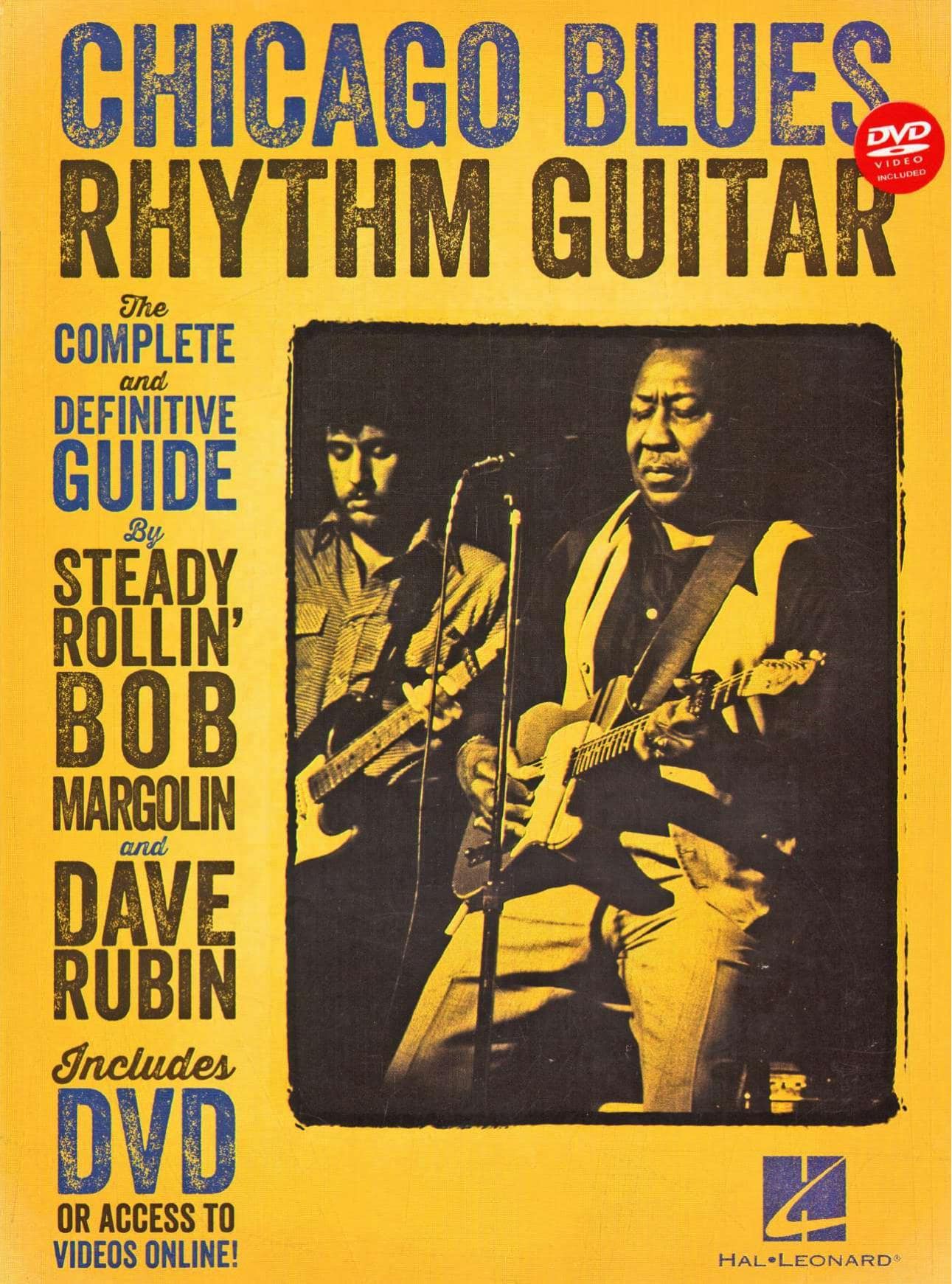
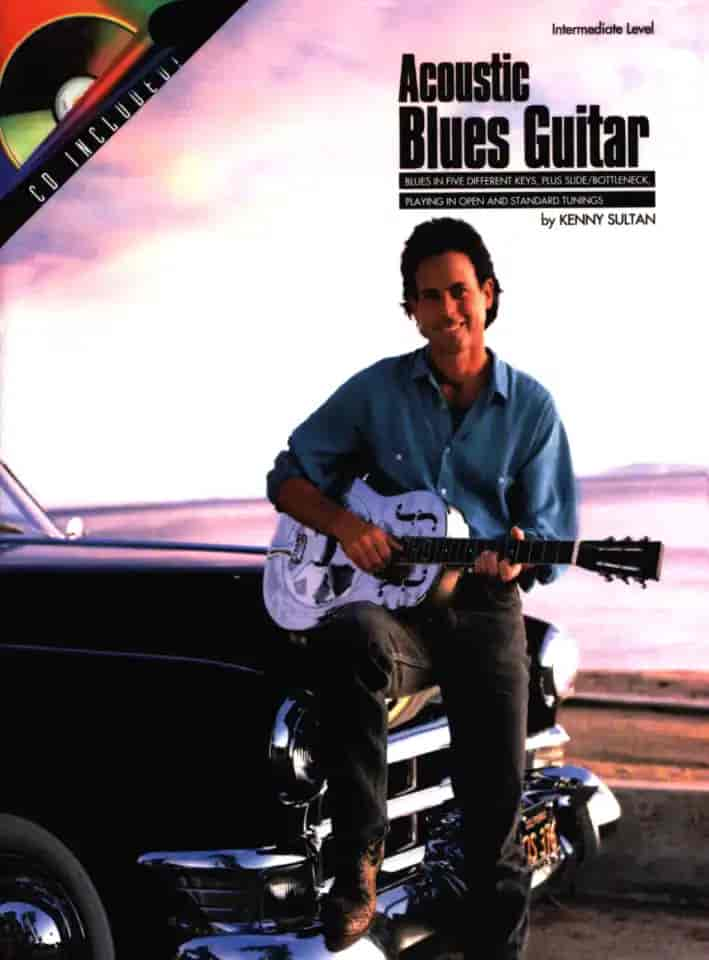
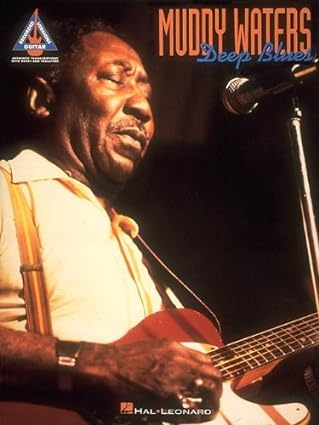

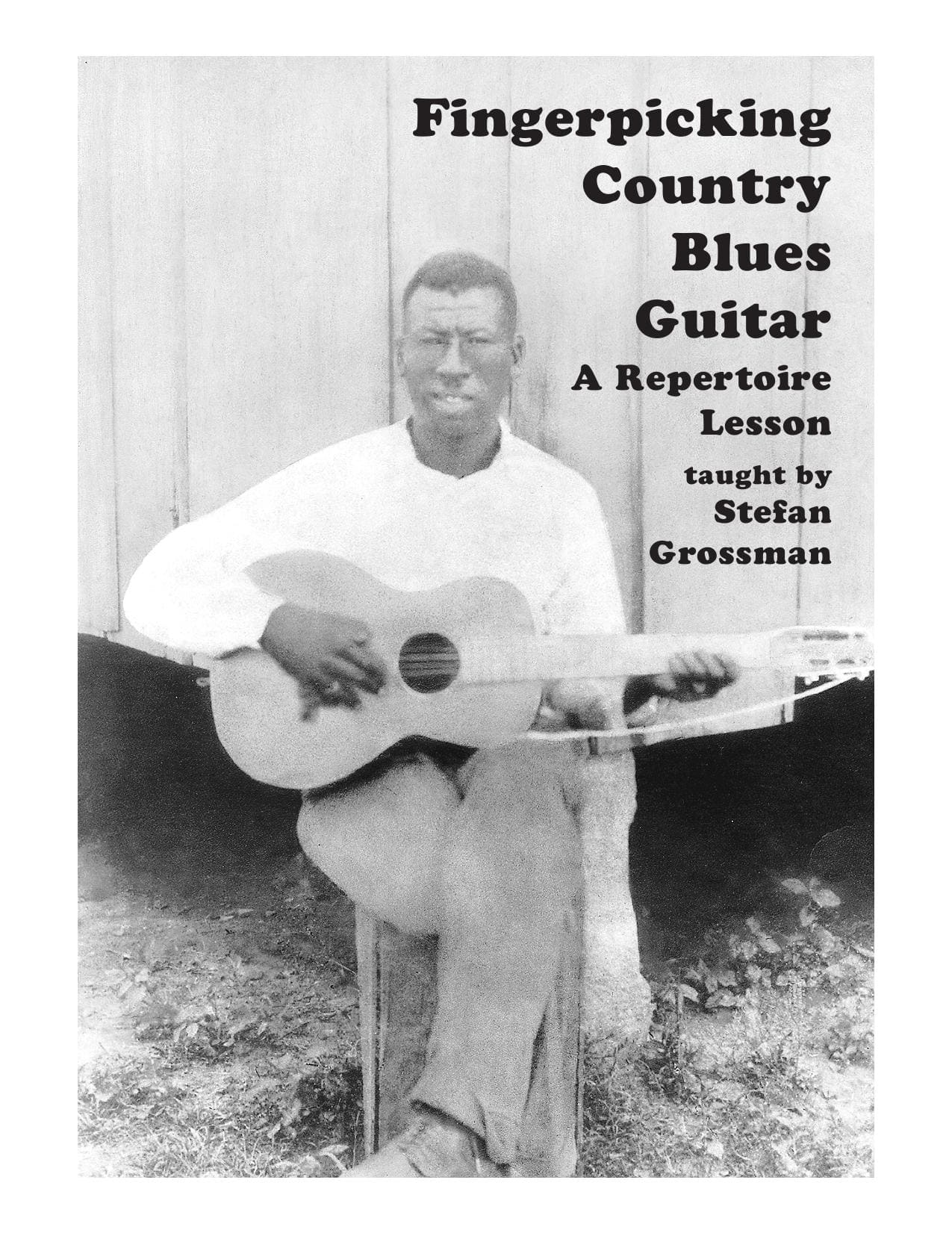
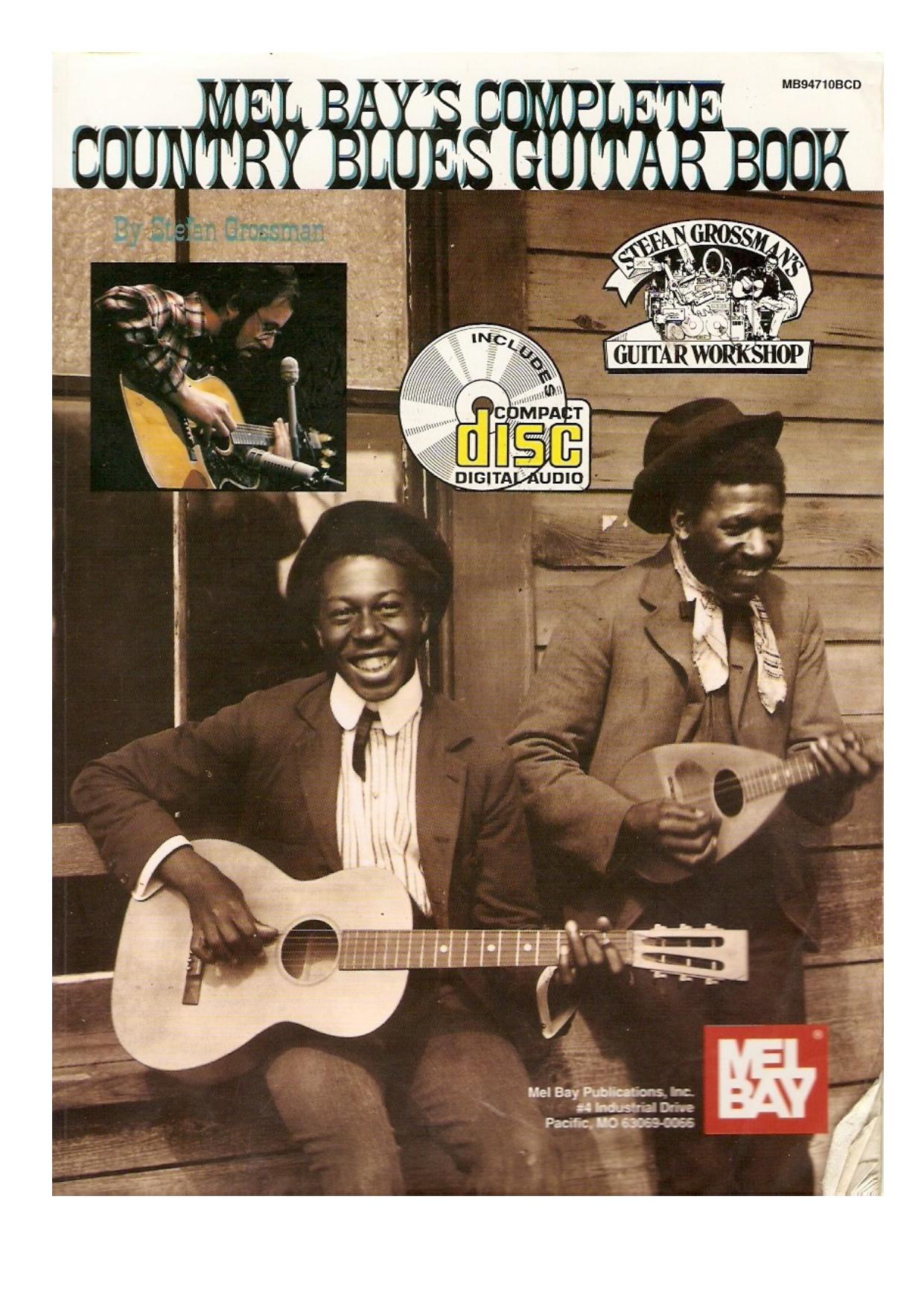
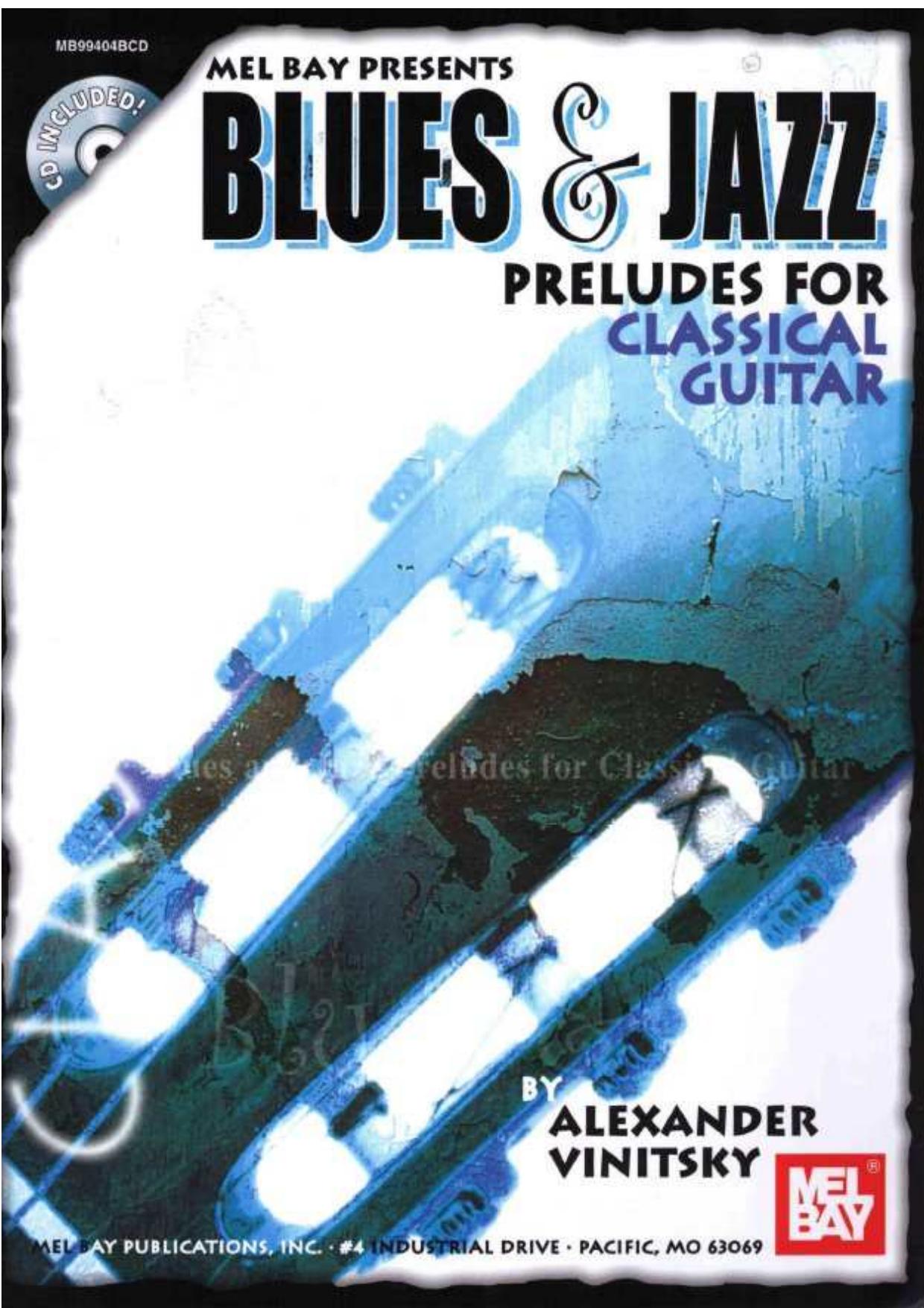
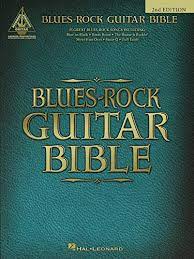
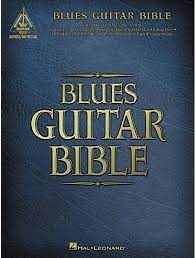
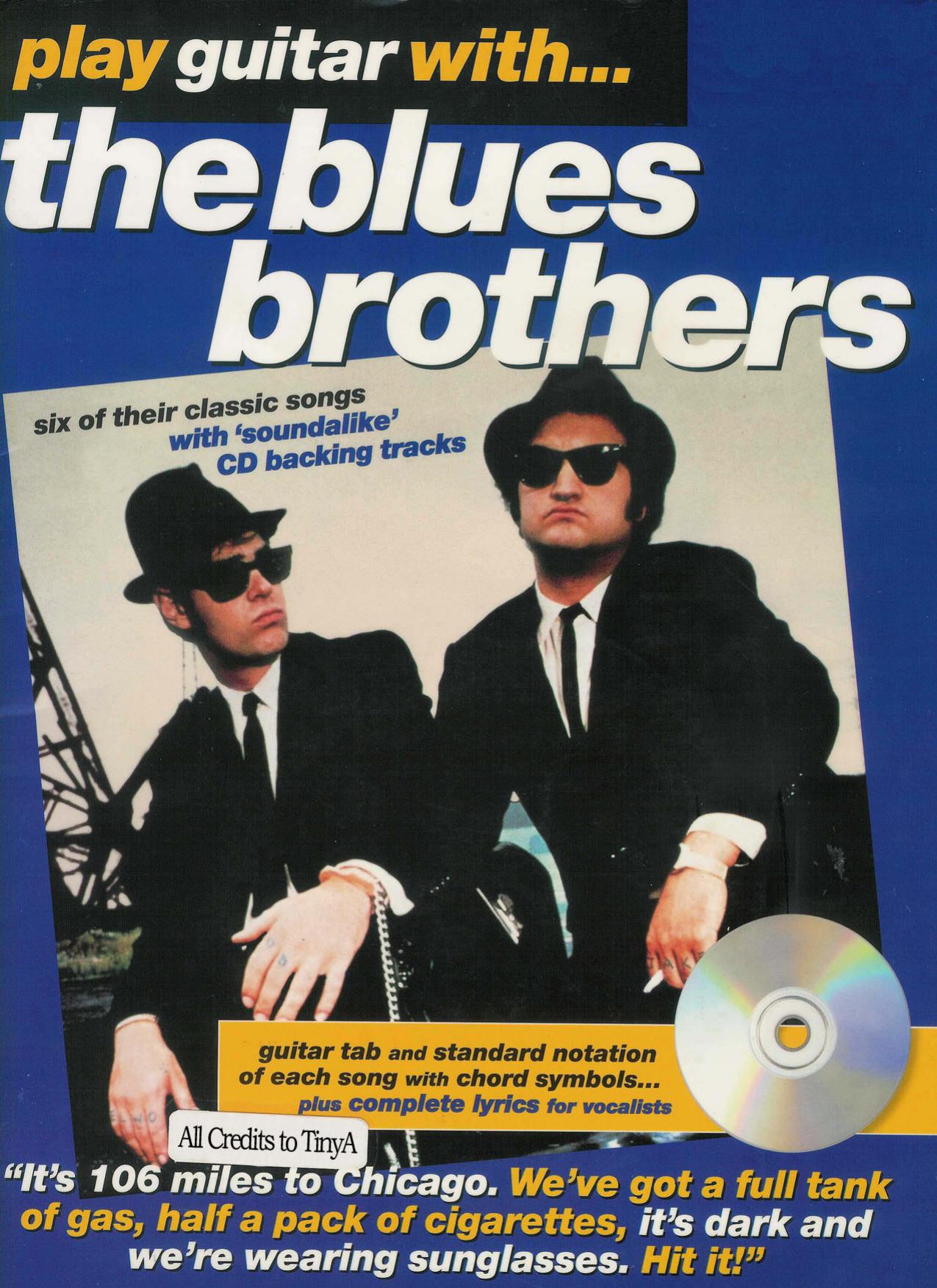
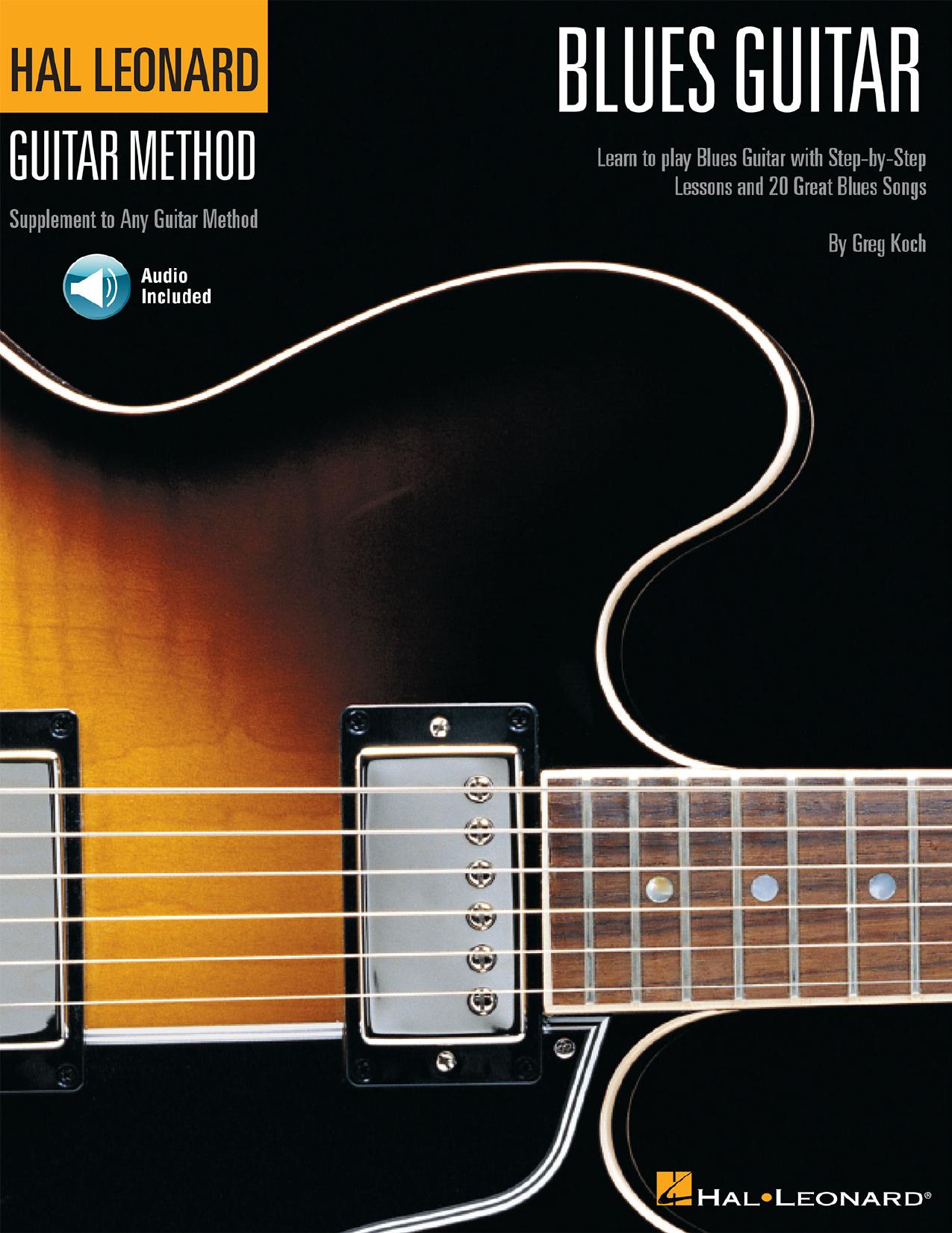
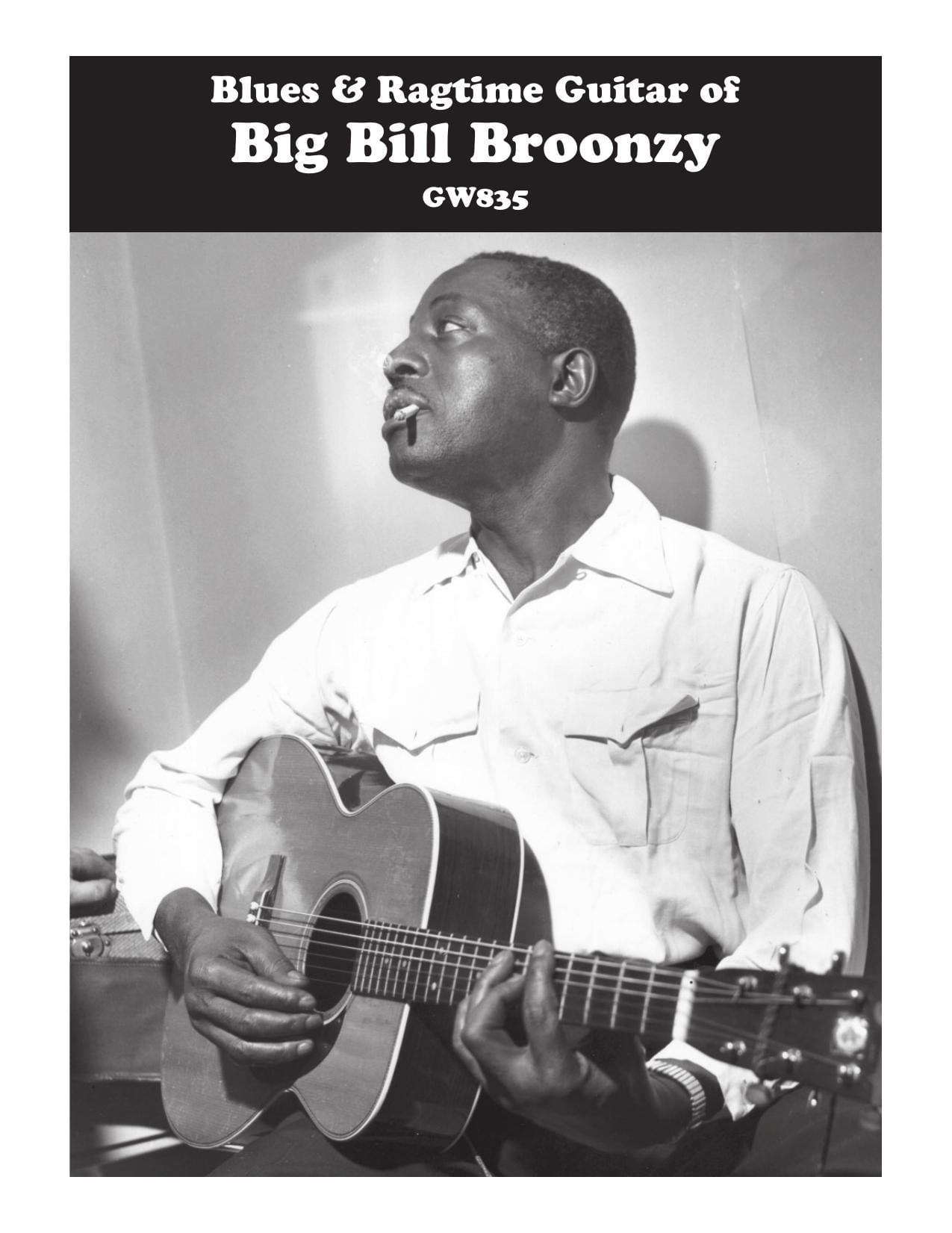

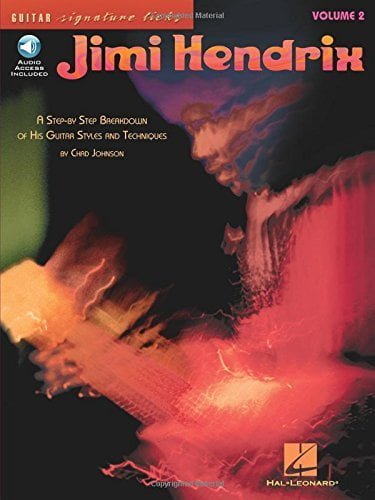
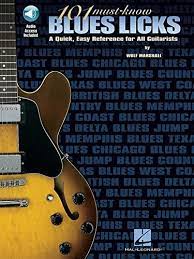
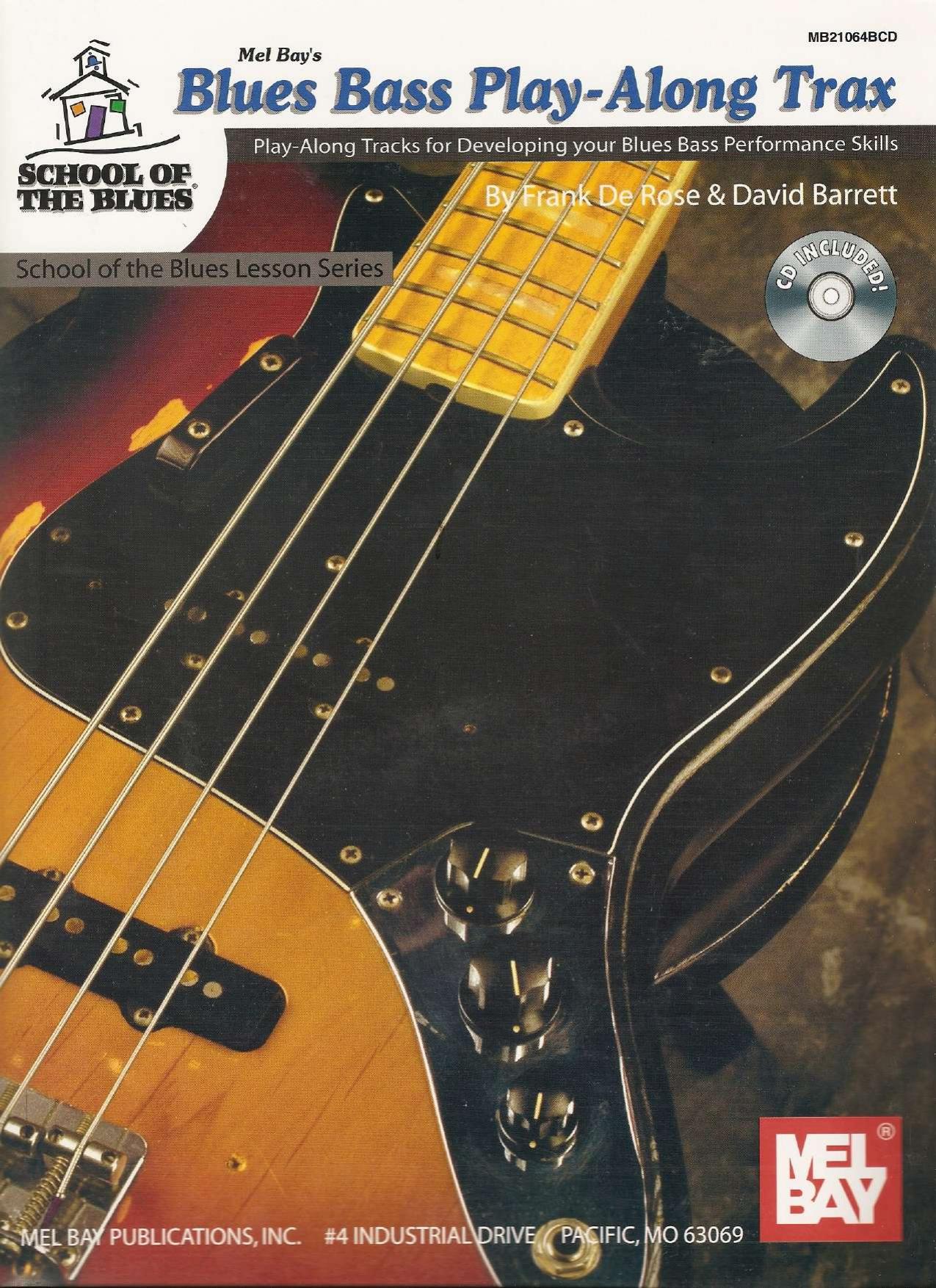
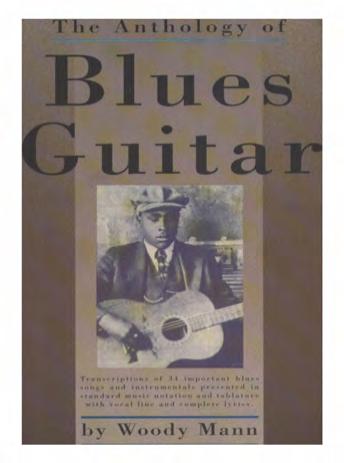
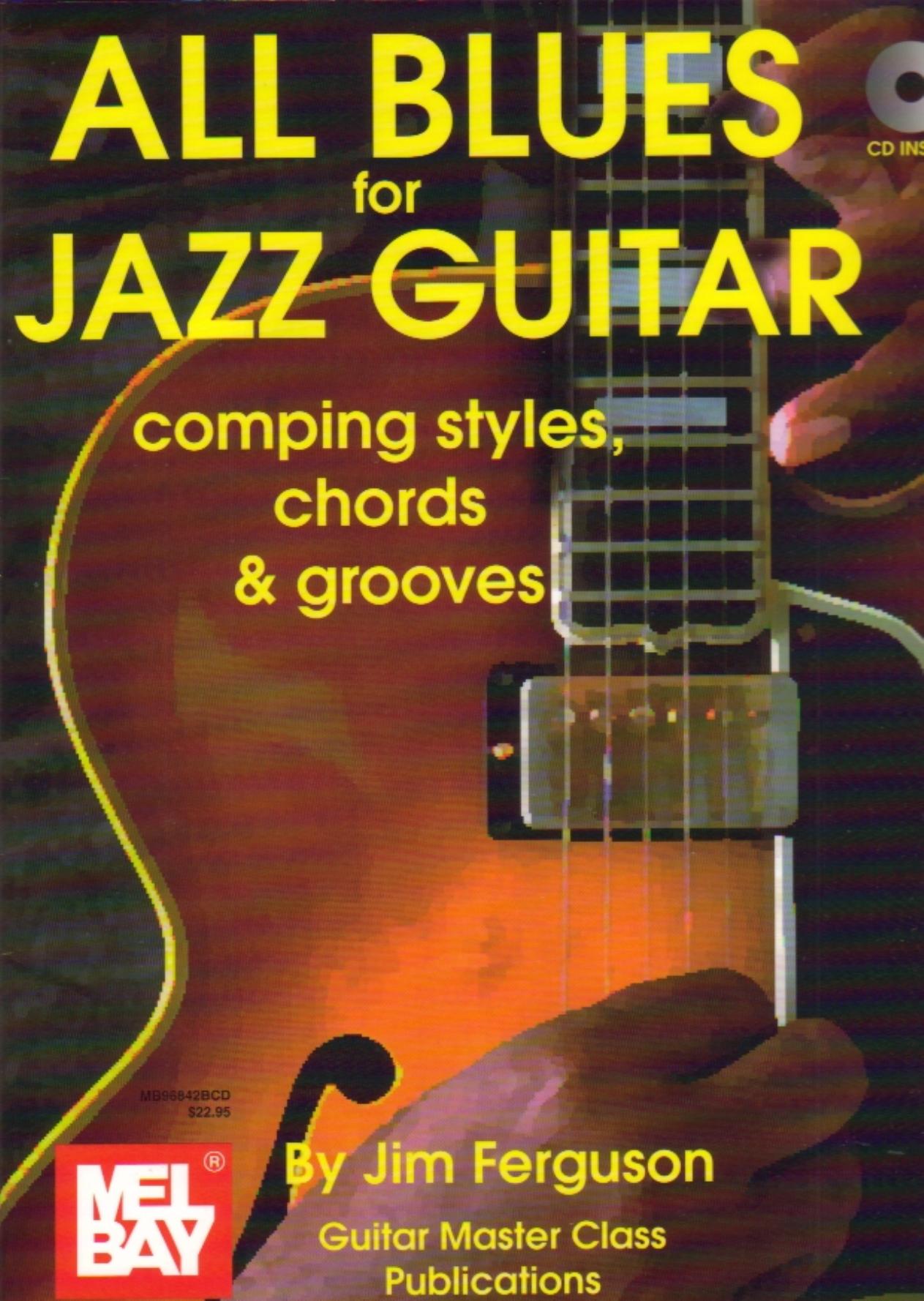

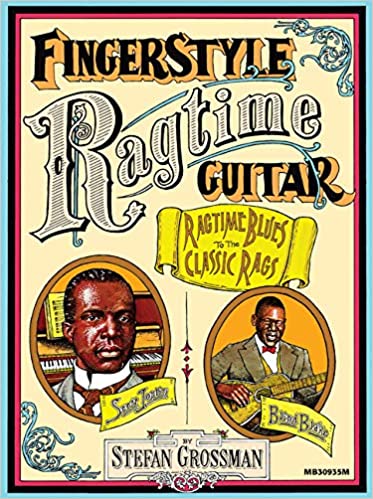
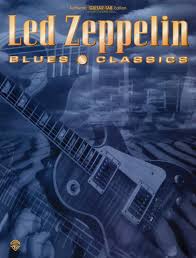

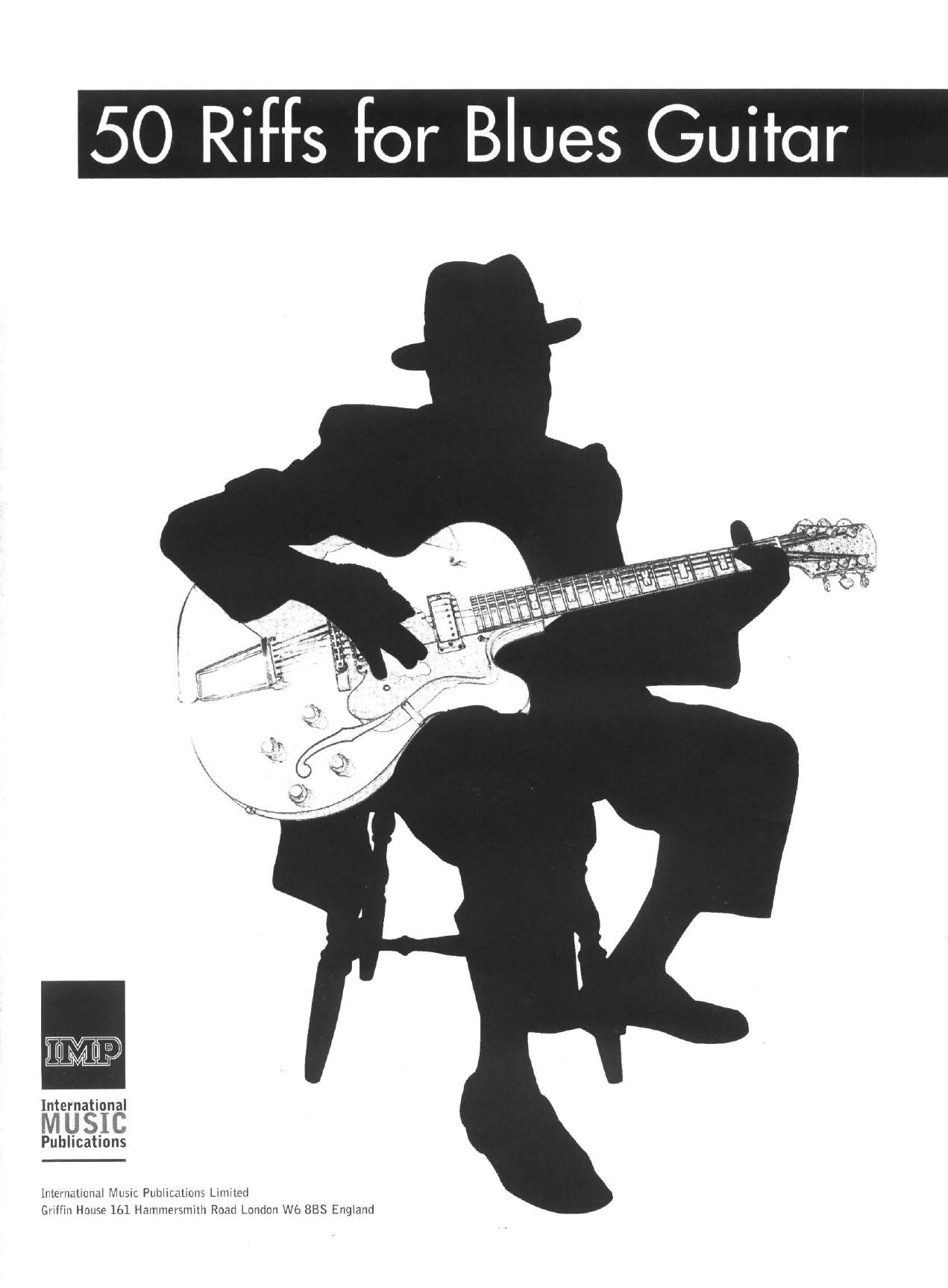
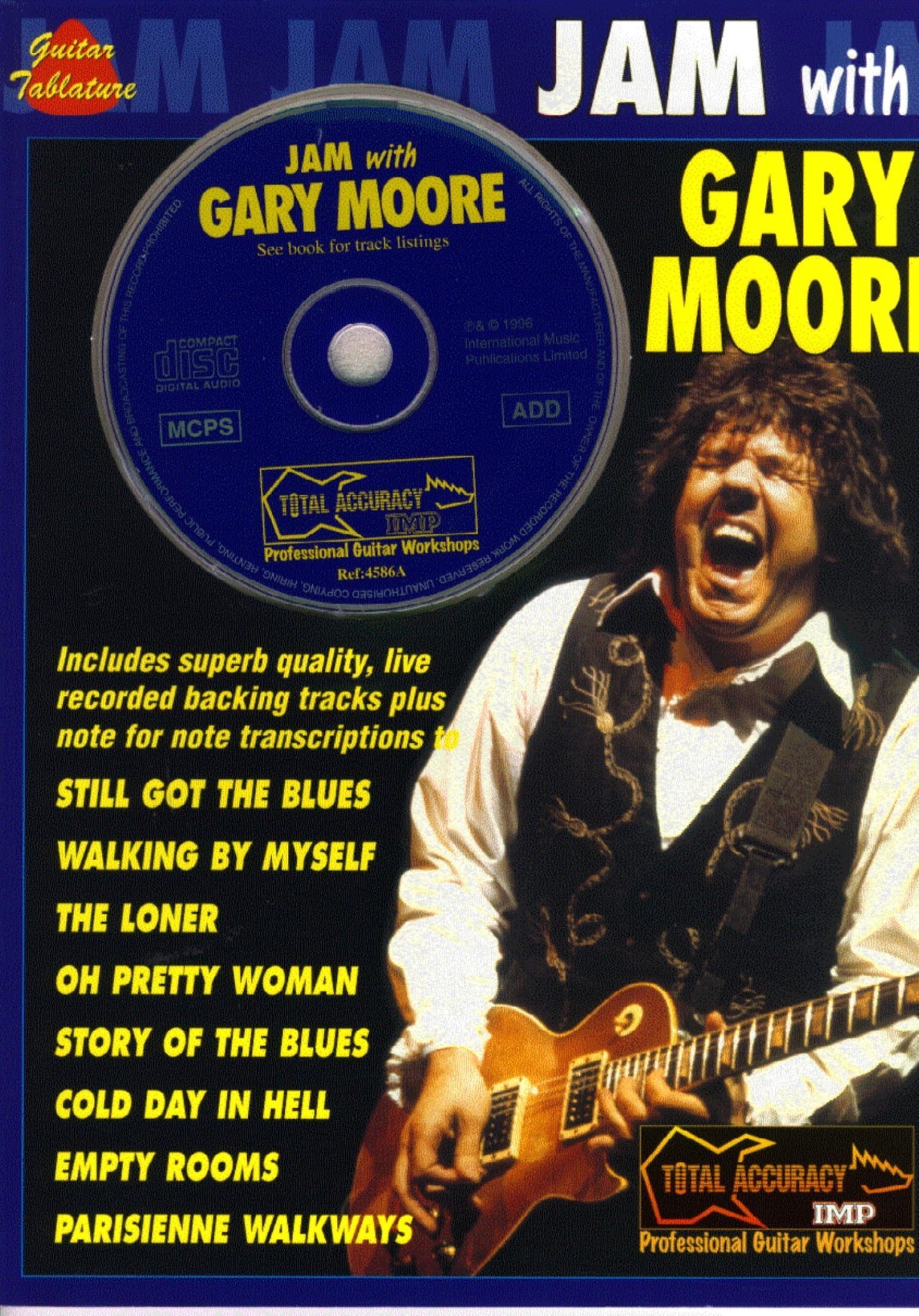
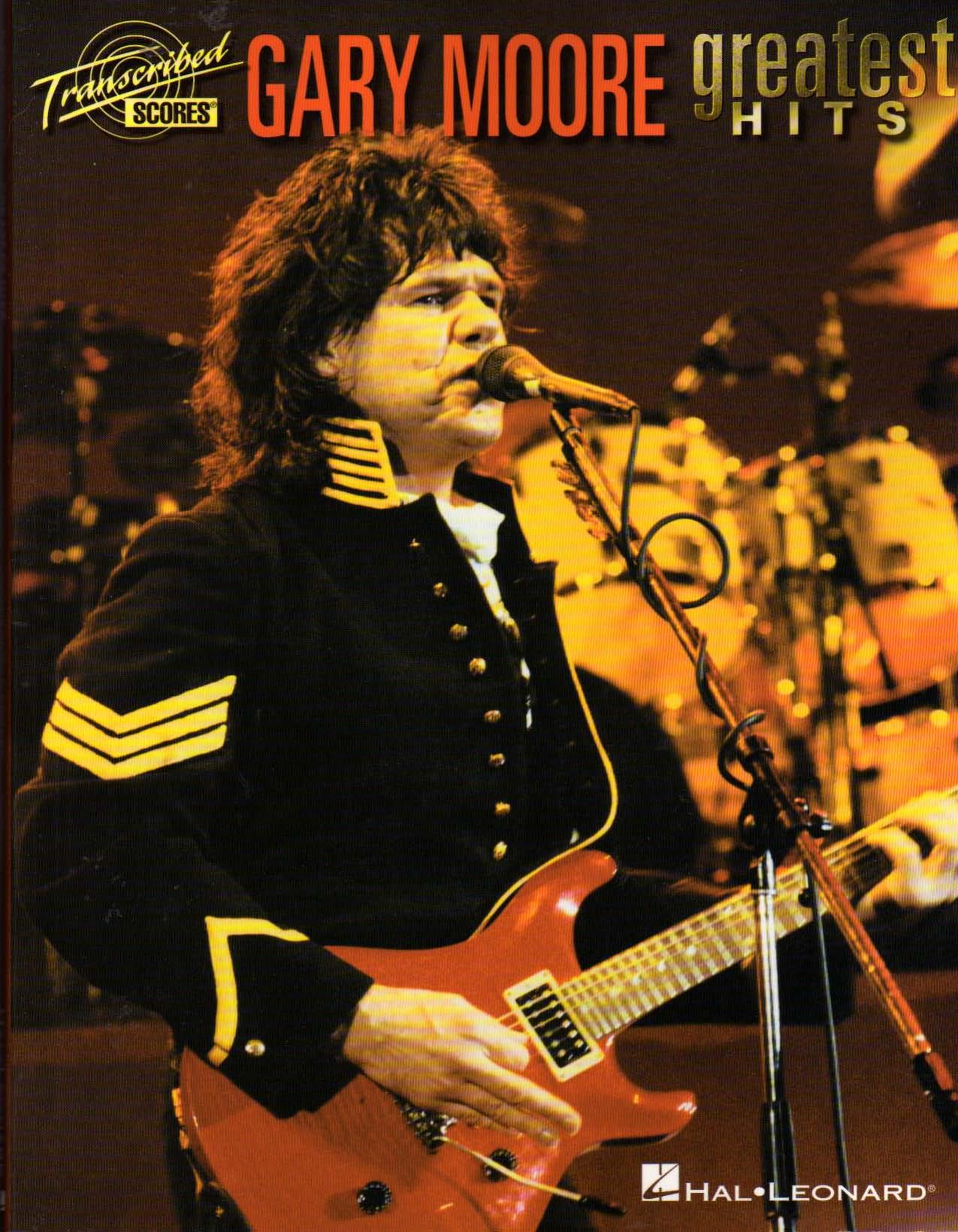
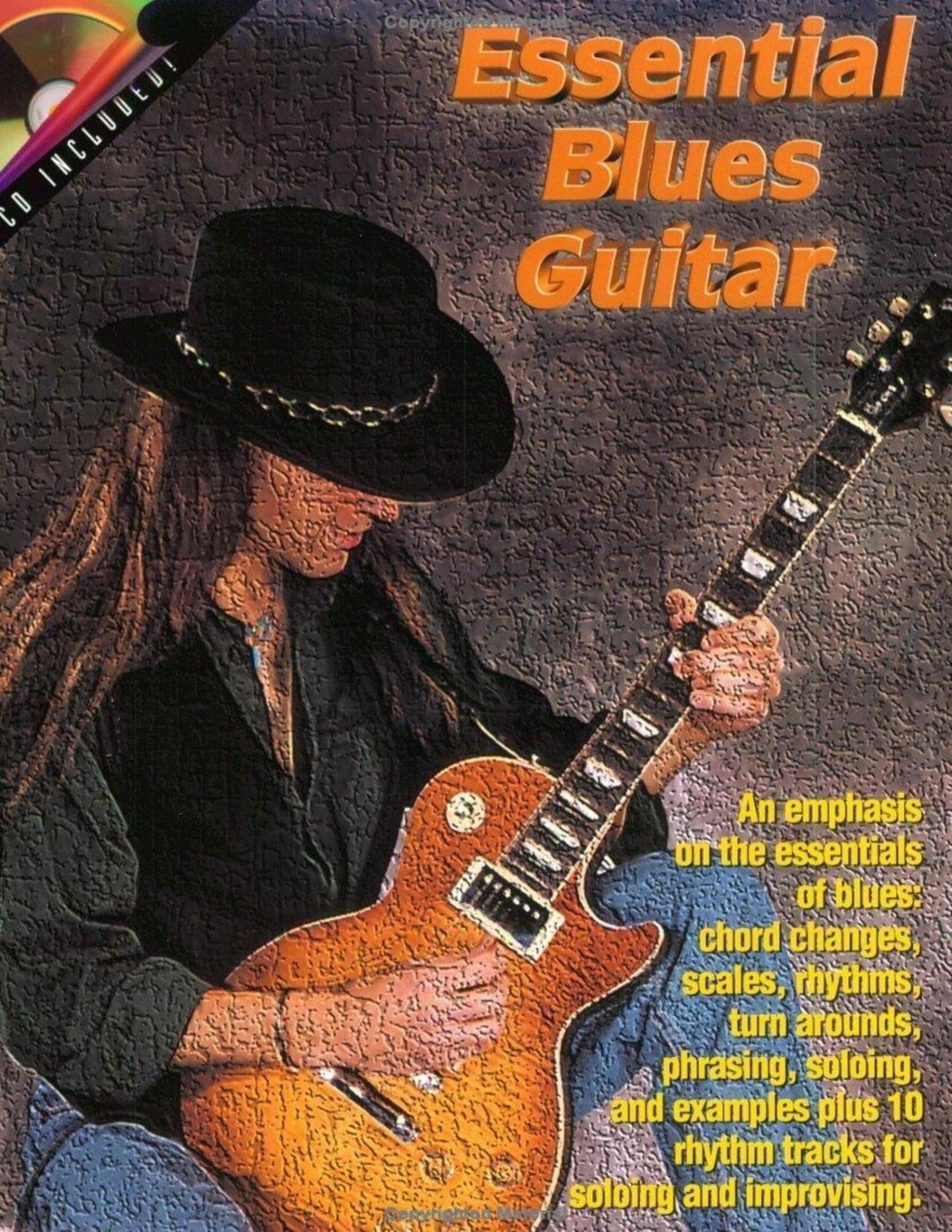
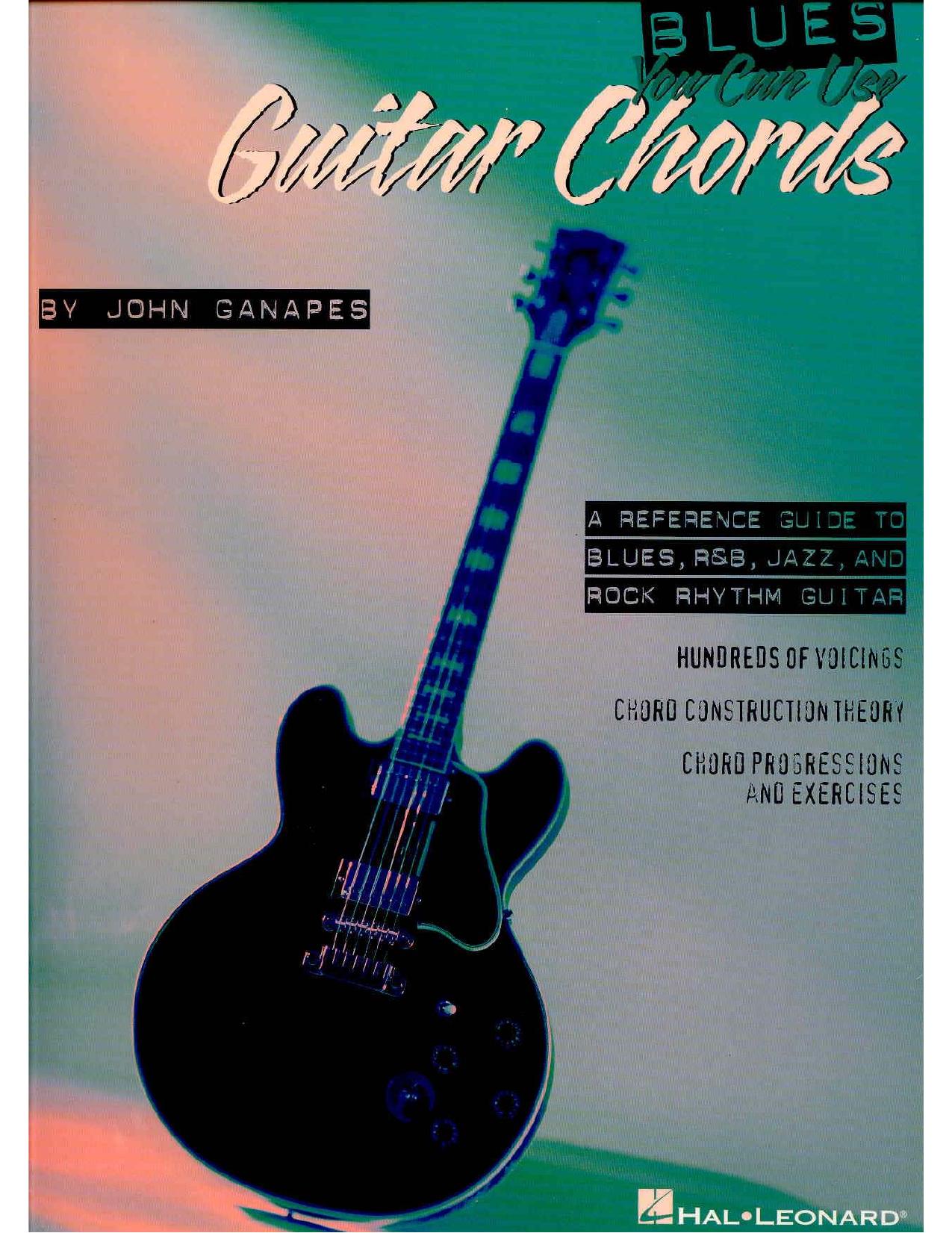

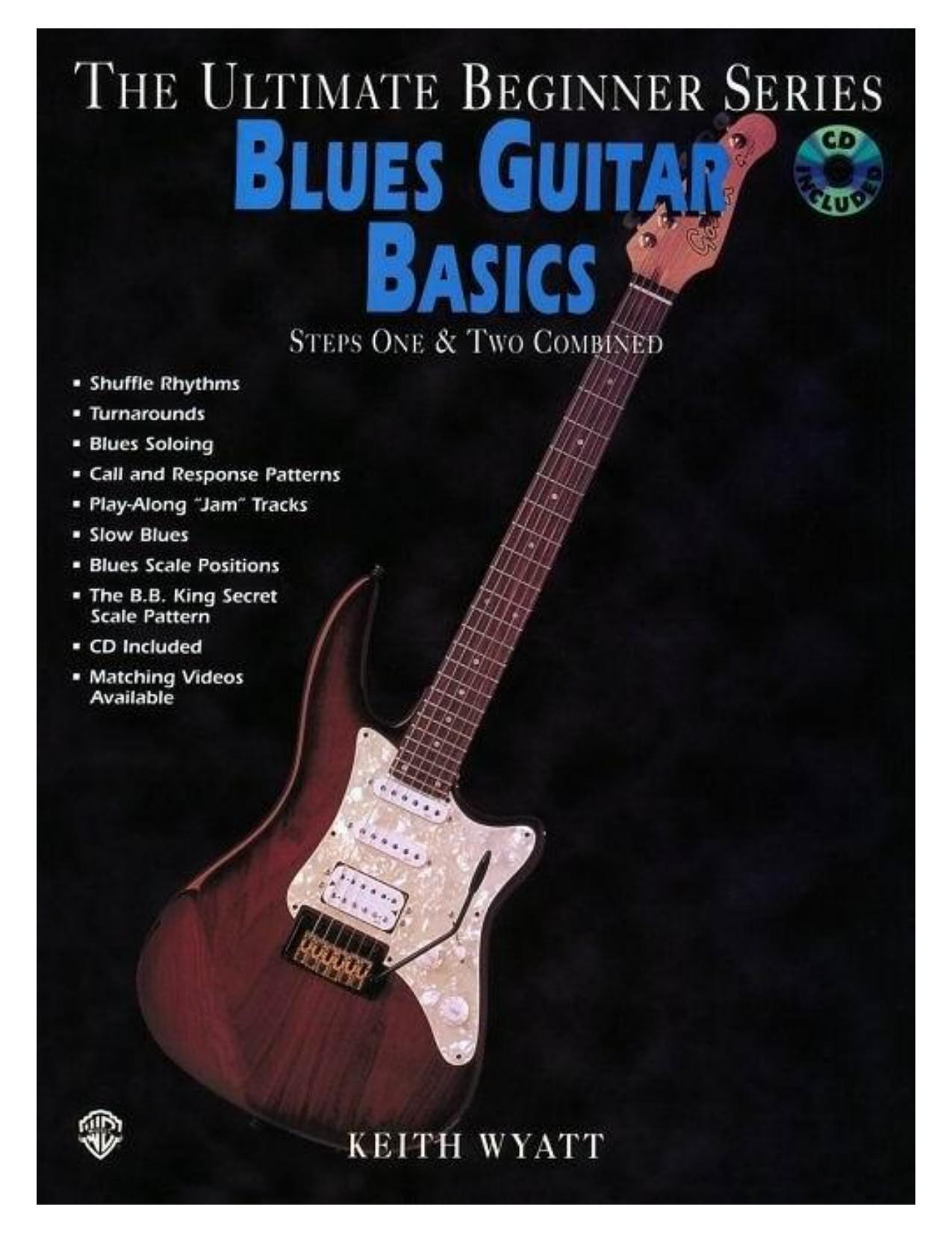
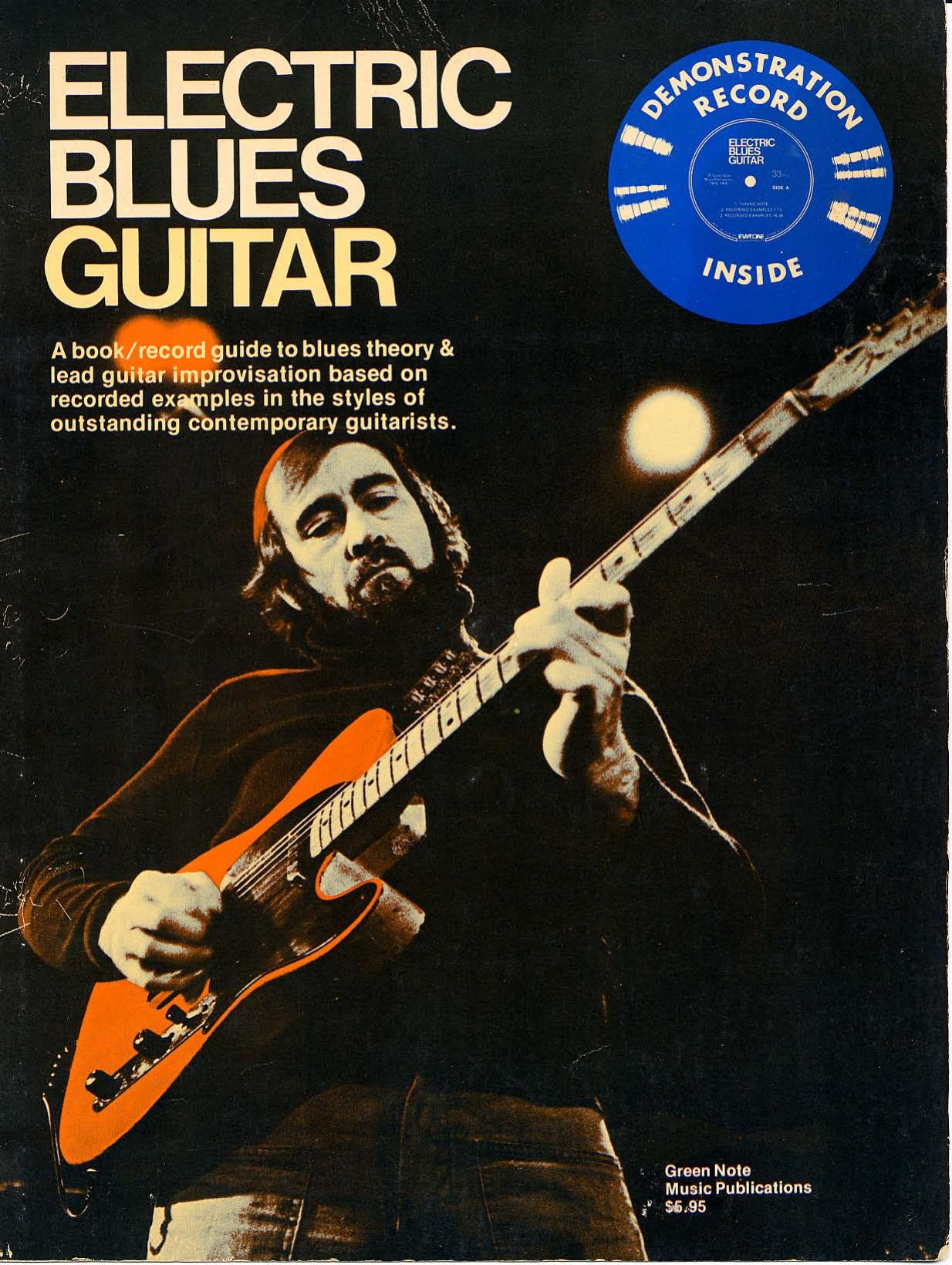
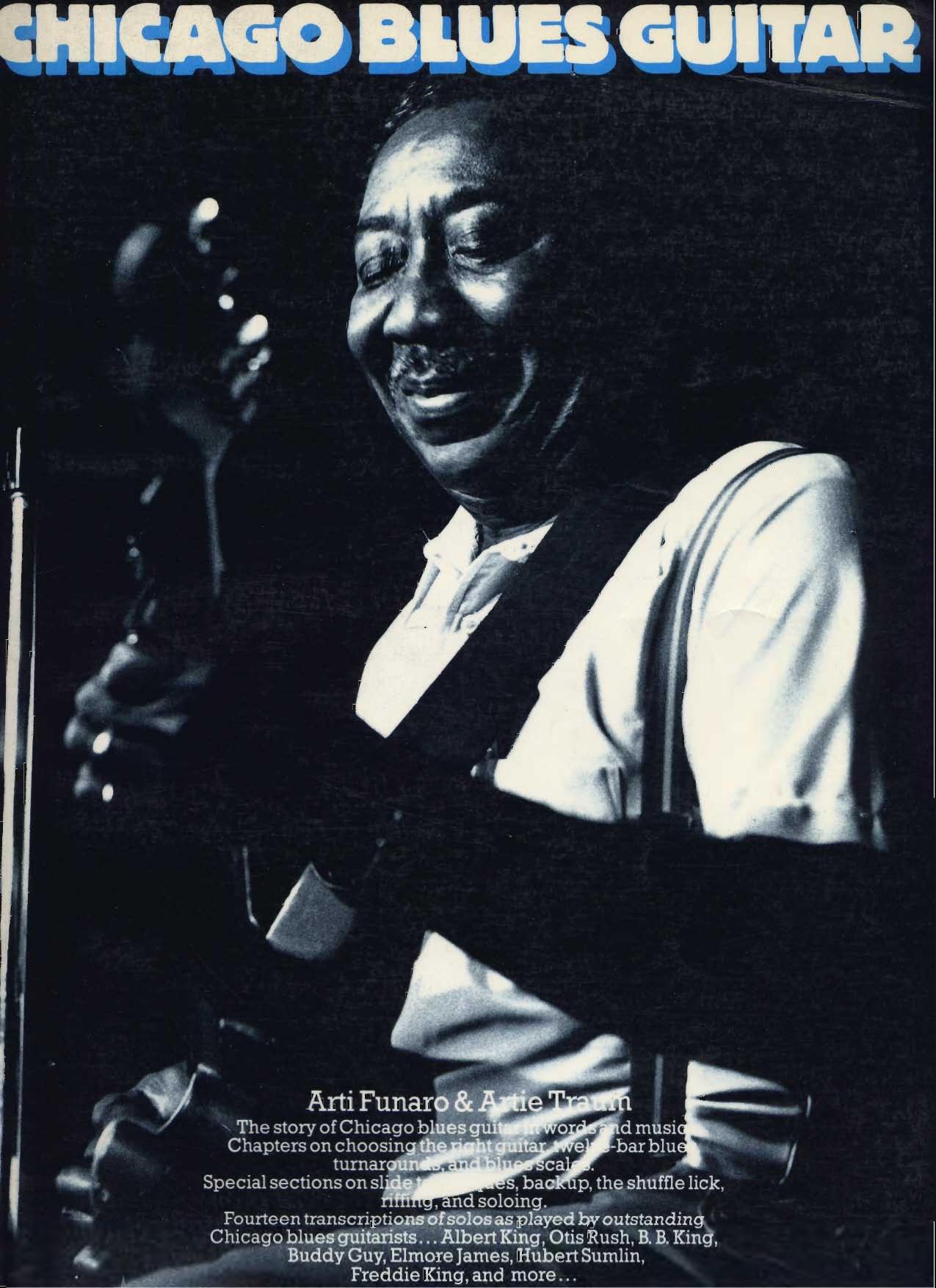
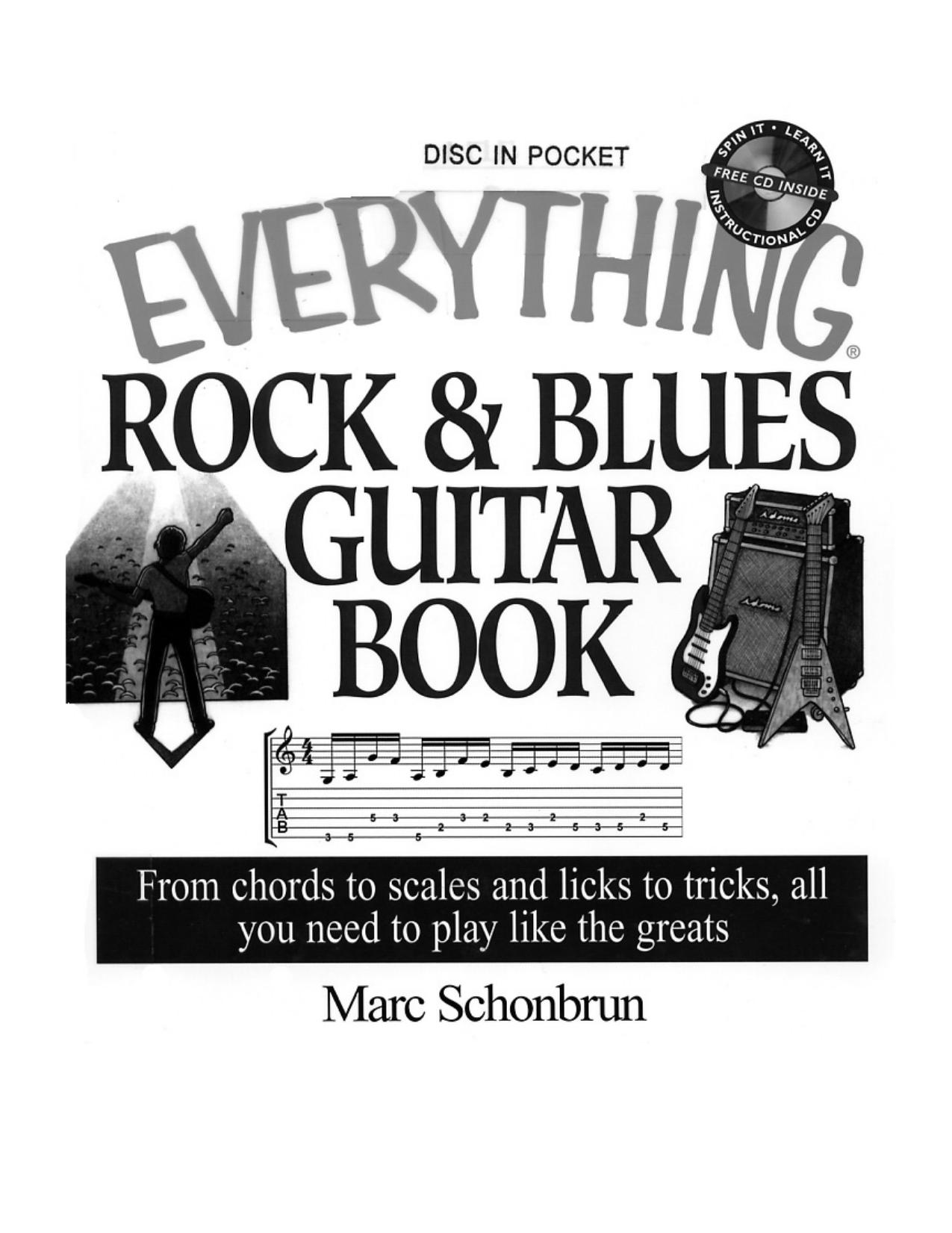
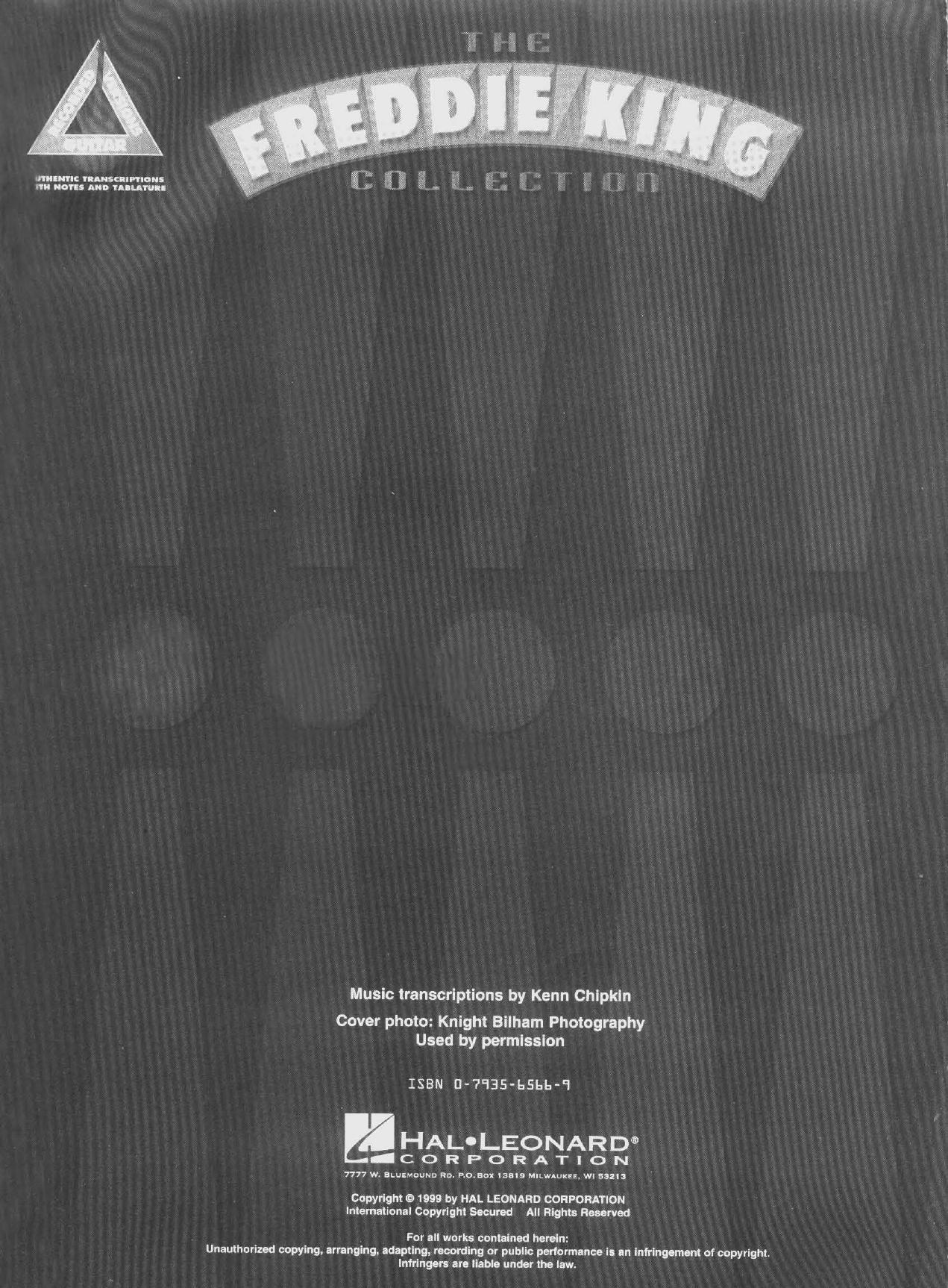
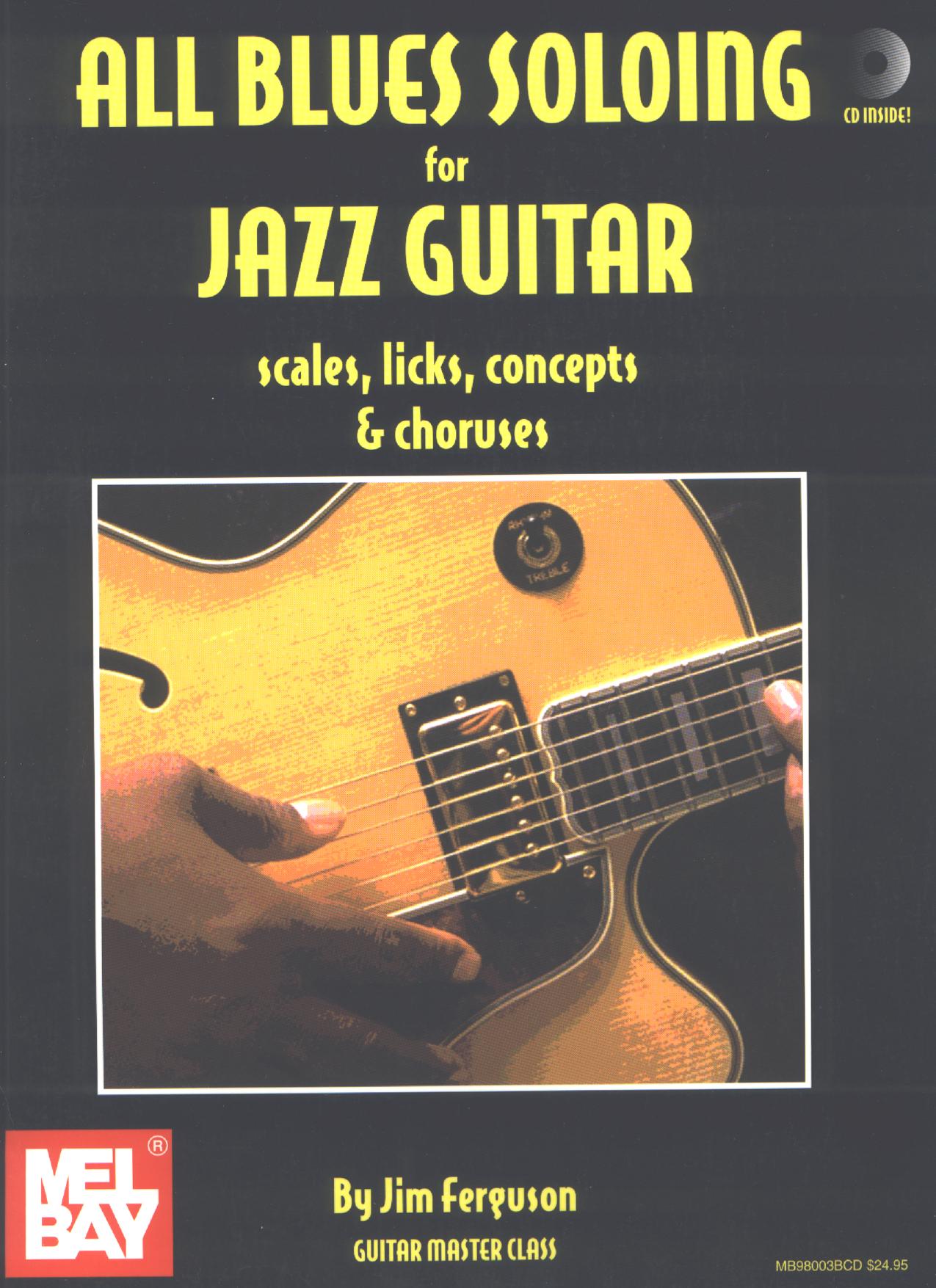
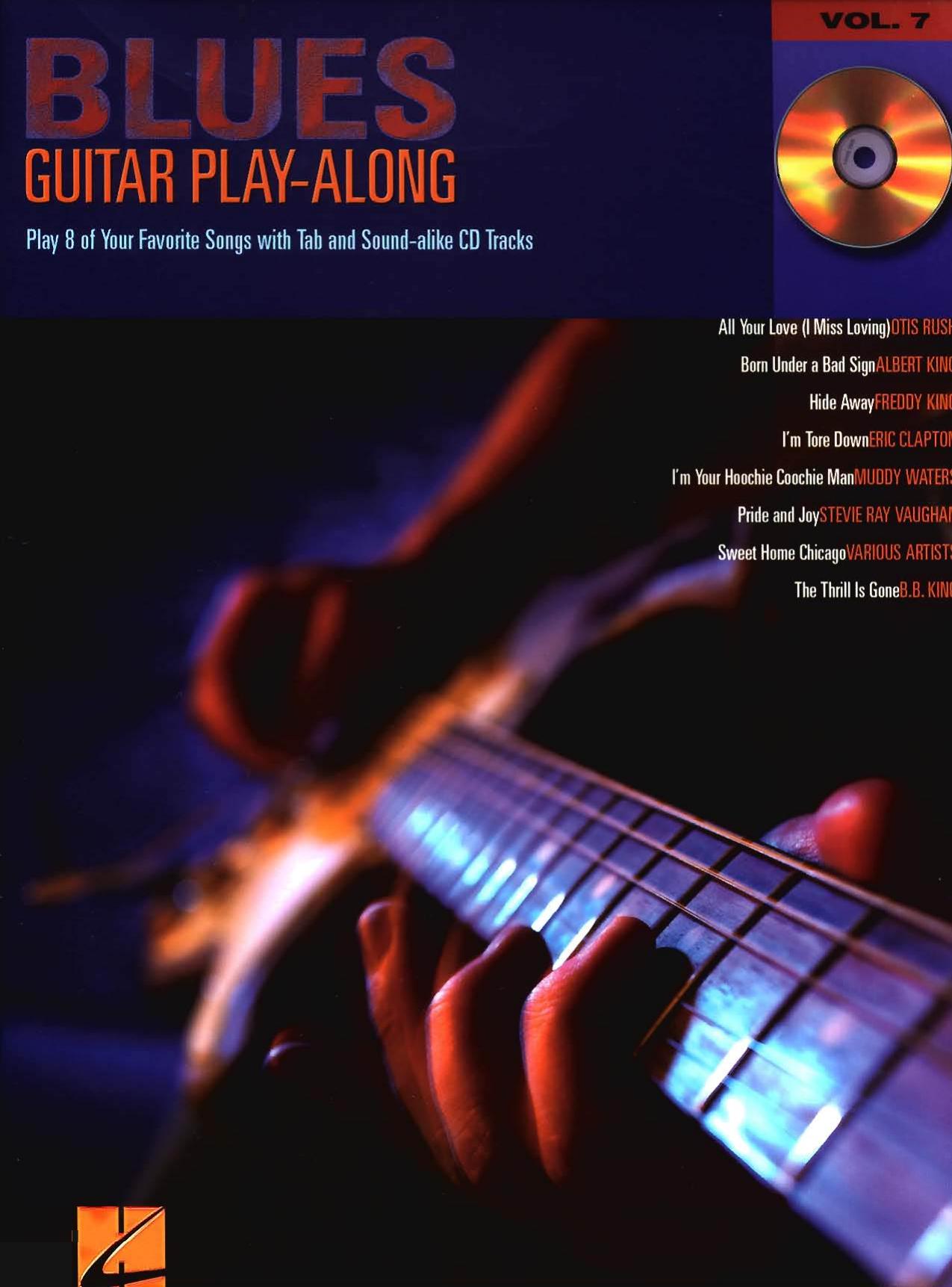
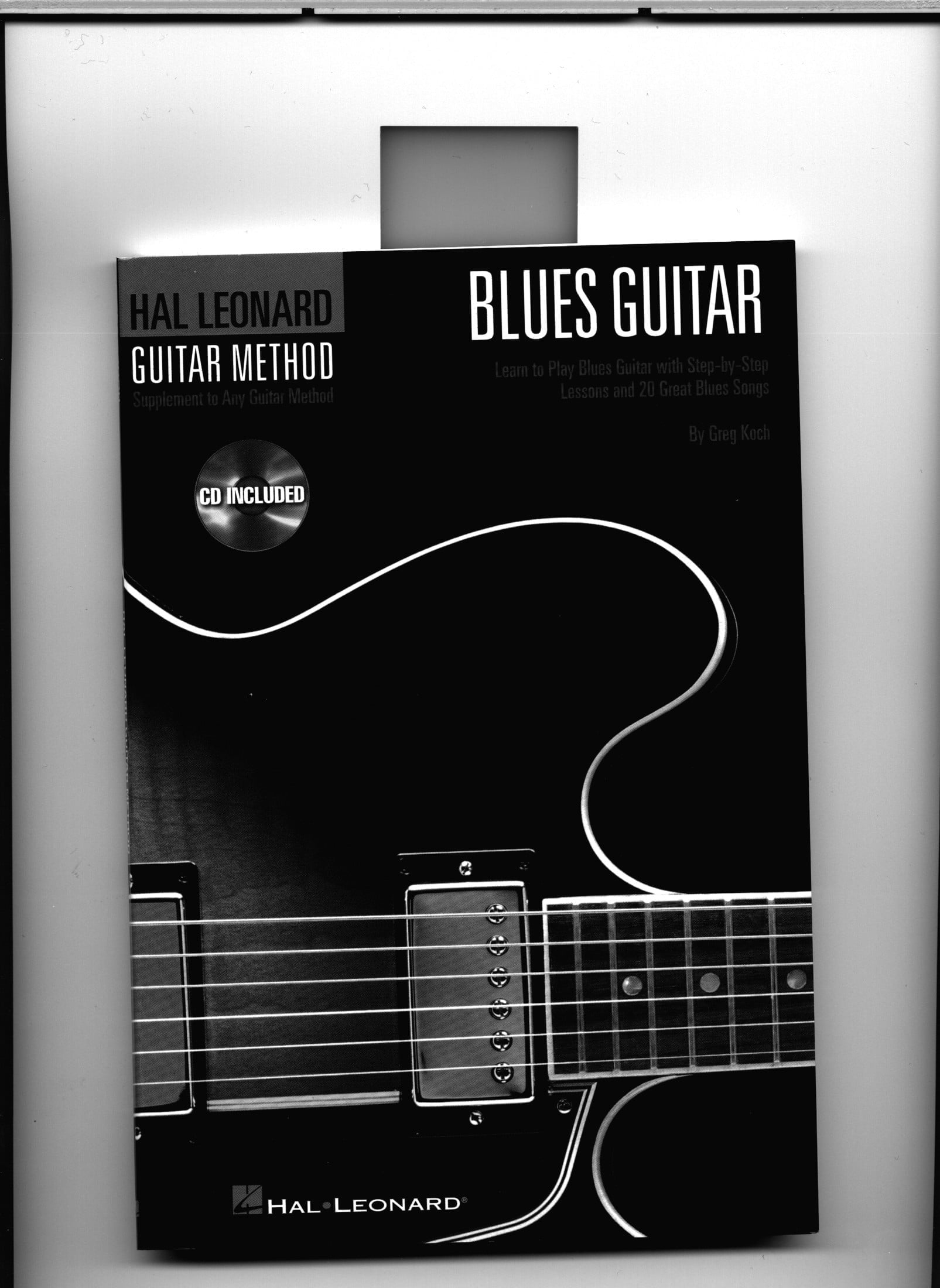
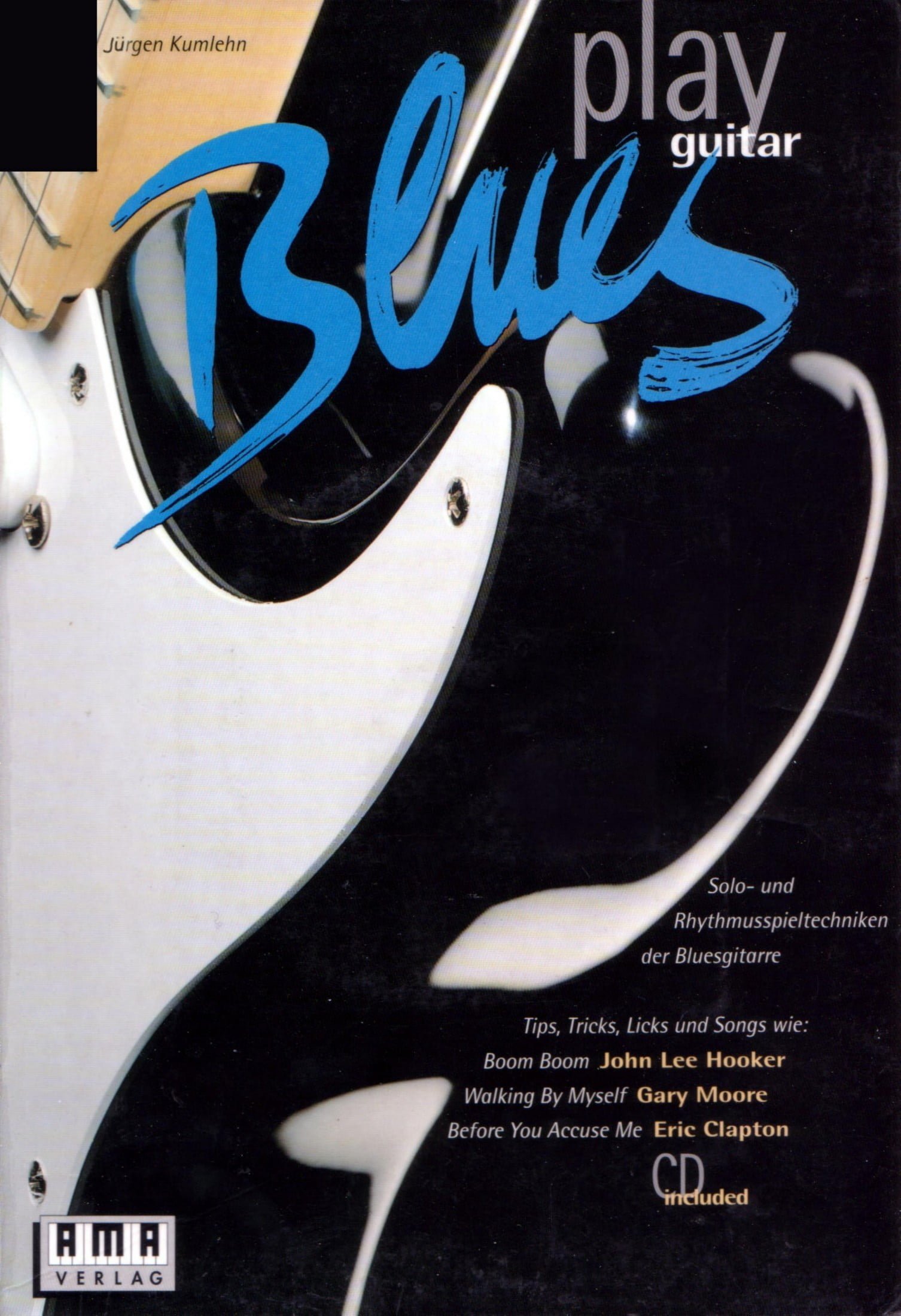

T-Bone Walker’s harmonic approach and improvisational techniques were groundbreaking in the evolution of blues guitar. He seamlessly integrated elements from jazz, swing, and early R&B, creating a sophisticated yet emotive sound that influenced generations of guitarists. His mastery of chord extensions, chromaticism, and phrasing set a new standard for blues guitar playing.(Guitar World, Premier Guitar)
Harmonic Approach: Jazz Meets Blues
Walker was among the first to incorporate jazz harmony into blues guitar. His use of dominant 9th and 13th chords, often voiced with the root on the 6th string, added a rich, jazzy flavor to his playing. For instance, in the intro to “(Call It) Stormy Monday,” he employs a descending chromatic progression: G9/D → F9/C → Eb9/Bb → D9/A. This movement not only showcases his harmonic sophistication but also his ability to create smooth voice leading between chords. (Guitar World, Guitar World)
Additionally, Walker frequently utilized augmented chords to add tension and release. In “Mean Old World,” he incorporates a D augmented chord, which serves as a pivot point, leading back into the 12-bar blues progression. (Guitar Control, Guitar World)
Improvisational Techniques: Phrasing and Expression
Walker’s improvisational style was characterized by expressive phrasing and rhythmic innovation. He often employed swing eighth notes, creating a laid-back yet driving feel. In “Stormy Monday,” he uses a “5 on 3” phrase—five eighth notes squeezed into the space of three—demonstrating his rhythmic creativity. (Premier Guitar, Guitar World)
His solos were also marked by melodic phrasing, often resembling vocal lines. He would frequently target chord tones, such as the 3rd and 7th, and use chromatic approaches to connect them, adding a vocal-like expressiveness to his playing. This approach laid the groundwork for later guitarists like B.B. King and Jimi Hendrix. (Guitar World, SixString)
Rhythmic Innovation: Syncopation and Feel
Rhythm played a pivotal role in Walker’s style. He often employed syncopated rhythms, emphasizing off-beats to create a swinging, danceable groove. This rhythmic approach was influenced by the jump blues and swing bands of the 1940s, which he frequently collaborated with. (Premier Guitar, LickLibrary)
In his solos, Walker would switch between straight and swing feels, adding variety and surprise to his improvisations. He also utilized double-time phrasing, a technique borrowed from horn players, to add intensity and excitement to his solos. (Guitar World)
Legacy and Influence
T-Bone Walker’s innovative harmonic and improvisational techniques had a profound impact on the evolution of blues and rock guitar. His blending of jazz harmony with blues phrasing set a new standard for guitarists. Artists like B.B. King, Jimi Hendrix, and Stevie Ray Vaughan drew heavily from Walker’s vocabulary, incorporating his chord voicings, bends, and phrasing into their own styles. (Guitar World, Guitar World)
Moreover, his emphasis on expressive soloing and rhythmic innovation paved the way for the modern lead guitarist. By elevating the guitar to a lead instrument in the blues context, Walker helped shape the sound of popular music in the 20th century.(Guitar World)
Further Exploration
To delve deeper into T-Bone Walker’s harmonic approach and improvisational techniques, consider the following resources:
- Guitar World Lessons: Offers in-depth analyses of Walker’s style, including chord progressions and soloing techniques. (Guitar World)
- Premier Guitar: Provides a breakdown of Walker’s use of jazz harmony and rhythm in his playing. (Premier Guitar)
- MusicRadar: Features classic T-Bone Walker-style guitar licks, showcasing his unique phrasing and use of chord extensions. (MusicRadar)(MusicRadar)
T-Bone Walker’s innovative approach to harmony and improvisation not only transformed blues guitar but also left an indelible mark on the broader landscape of popular music. His legacy continues to inspire guitarists seeking to blend technical proficiency with emotional expression.(Guitar World)
